The Civic Museum of Pesaro
CIVIC MUSEUM OF PESARO
Piazzetta Mosca, 29
Pesaro
Credit photo: popcinema.org
Click Here Italian Version
The Civic Museum of Pesaro is a treasure chest of prestigious artworks.
The first hall is monumental due to the impressive presence of a large altarpiece, full of light and noble colour. It is the Coronation of the Virgin Mary between Saint Paul, Saint Peter, Saint Francis of Assisi and Saint Jerome or the Pesaro Altarpiece. The 262 × 240 cm altarpiece was created around 1472-1475 by the painter Giovanni Bellini, born and died in Venice. (1)
Giovanni Bellini, Incoronazione della Vergine, 1475
From the ancient times of the Church came the inspiration to confer on the Mother of God:
“the supreme royal dignity of the Mother of God.” (2)
as Pope Pius XII wrote in 1954 in the encyclical letter Ad Caeli Reginam. This encyclical reports the views of esteemed church fathers to strengthen the papal thesis.
The Deacon and Doctor of the Church, Ephrem the Syrian in the fourth century:
“So it is that St. Ephrem, … prays to her: ". . . Majestic and Heavenly Maid, Lady, Queen, protect and keep me under your wing lest Satan the sower of destruction glory over me, lest my wicked foe be victorious against me."” (3)
The Greek theologian and philosopher Origen, in the third century:
“And this royal dignity of the Blessed Virgin Mary is quite clearly indicated through direct assertion by those who call her "Lady," "Ruler" and "Queen."
In one of the homilies attributed to Origen, Elizabeth calls Mary "the Mother of my Lord" and even addresses her as "Thou, my Lady.” (4)
Saint Germanus in the fifth century:
“Likewise St. Germanus speaks to the humble Virgin in these words: "Be enthroned, Lady, for it is fitting that you should sit in an exalted place since you are a Queen and glorious above all kings." He likewise calls her the "Queen of all of those who dwell on earth.” (5)
And Pius XII thanked them:
“The Supreme Shepherds of the Church have considered it their duty to promote by eulogy and exhortation the devotion of the Christian people to the heavenly Mother and Queen.” (6)
The encyclical assigns ecumenical popularity to the Mother of God and therefore helps the diffusion of the art of the Coronation scene:
“Finally, art which is based upon Christian principles and is animated by their spirit as something faithfully interpreting the sincere and freely expressed devotion of the faithful, has since the Council of Ephesus portrayed Mary as Queen and Empress seated upon a royal throne adorned with royal insignia, crowned with the royal diadem and surrounded by the host of angels and saints in heaven, and ruling not only over nature and its powers but also over the machinations of Satan. Iconography, in representing the royal dignity of the Blessed Virgin Mary, has ever been enriched with works of highest artistic value and greatest beauty; it has even taken the form of representing colorfully the divine Redeemer crowning His mother with a resplendent diadem.” (7)
The encyclical describes the iconography of the Madonna enthroned. She has to be surrounded by royal symbols, with the crown on her head and in heaven there should be angels and Saints. In addition, the image of the Coronation is made even more sacred by the imperious gesture of Jesus, who hands him the royal crown.
Bellini's visual narration slavishly reproduces the iconographic characteristics of the Coronations:
“The very special relationship between the Virgin and her Son depends on being at the centre of each image and on its continuation, in the solemn moment of coronation. She lowers her head with docility, her eyes are down, even more humble at the moment of her glorification, her hands crossed on her chest. Christ, next to her, delicately places the crown on her head. This is the most widely attested image.” (8)
The virgin shares the throne with her Son. They are both sitting. Jesus has a white robe. He is in profile, with long hair, some braids, and a neat beard. His face is youthful, handsome, with an important nose. His eyes are focused on the Mother with a love and warm look. One hand is on his leg and the other holds the crown already completely on Madonna's head. His feet are bare.
Madonna has a red dress that is barely visible as it is almost hidden by a blue tunic. Her hands are crossed and her head is facing downwards. Her head is in profile too, with her eyes closed and a nose as significant as that of her Son.
The throne is distinguished. It seems like a high up-step in front of a window. It is made of light marble, with some darker tones. Behind them, there are walls with surveillance towers. It is a hilly environment with many trees.
Another iconographic element is less clear:
“Whether the composition is reduced to a few characters, some saints and the clients at the bottom, in a secluded position, or whether there is a crowd of angels and blessed, always the two main figures are in the centre and they cause attention, concentration of the brightness of unimaginable skies. The examples are numerous.” (9)
The couple is dominant due to their centrality, the majesty of the setting and their location. The rest of the painting is occupied by omnipotent, hieratic figures. There are two Saints on the right and the same number on the left. They are erected on the side of the throne. They are Saint Paul, Saint Peter, Saint Francis of Assisi, and Saint Jerome. They all have the iconography of the book held in their hands. Red dominates, except for Saint Francis, who wears the classic habit.
Above, the Holy Spirit observes, together with some funny little angels resting on some clouds as if on a windowsill. The marble floor is in perspective, different geometric shapes indicate the vanishing point.
In the two columns, there are eight Saints, plus two at the base.
Particolare della firma di Giovanni Bellini, Incoronazione della Vergine, 1475
The signature of Ioannes Bellinvs is on the pedestal of the throne under Mary and Jesus.
The painting is full of brightness, yellow and other primary colours, following the style of the Venetian school of the time.
Pesaro is authoritatively portrayed by the Blessed Michelina and by the patron Saint of the city, San Terenzio. They are among the Saints on the pillars.
Blessed Michelina was born in 1300 in Pesaro. She married a member of the Malatesta family. When she became a widow, she wanted to be a Franciscan tertiary and refused her property. (10)
The patron Saint Terenzio comes from the origins of the Church. He was born in actual Hungary. He had to flee for his faith until he reached the Adriatic Sea. He was probably martyred in year 251 on the territory of Pesaro. (11)
Marco Zoppo o Giovanni Bellini, Testa di San Giovanni Battista, Head of Saint John the Baptist, 1465 1471
Next to the altarpiece is the Head of Saint John the Baptist from the Church of S. Giovanni Evangelista in Pesaro. Attributed to De Ruggieri Marco or Marco Zoppo. Recently, Roberto Longhi, changed their attribution in favour of Giovanni Bellini (12) but the opinions are different:
“Alternately attributed to Giovanni Bellini and Marco Zoppo, the most recent critics prefer the latter, comparing the artwork with the Dead Christ between two angels, also preserved in the Civic Museum of Pesaro, the cymatium of the altarpiece now in the Staatliche Museum of Berlin. The same tondo could have been part of the ornamental structure of the altarpiece, given their common provenance from the church of S. Giovanni Battista, where Antonio Becci still reported them in 1873. It should also be noted that the face of S. Giovanni is very close to that of the same saint as Christ in the tomb between St. John the Baptist and St. Jerome in the National Gallery of London.” (13)
Giovanni Bellini, Padre eterno, Eternal Father, 1500 1505
Another artwork by Giovanni Bellini in the museum is the Eternal Father from 1500-1505.
By the architect Francesco di Giorgio Martini, there is a marble bas-relief of Federico da Montefeltro. Giorgio Martini lived in Urbino, where he completed the Palazzo Ducale. In the province of Pesaro and its surroundings, he built other fortifications, fortresses and massive palaces. In Urbino, he designed the Church of San Bernardino and the Monastery of Santa Chiara. Furthermore, there are the fortress of San Leo, the Fortilizio of Sant'Agata Feltria, the Malatesta fortress of Montecerignone, the Rocca Ubaldinesca of Sassocorvaro with its circular towers. In addition, there are the bastion of Mercatello sul Metauro, the Palazzo Ducale of Urbania, the Rocca of Fossombrone, the Rocca of Cagli, the Rocca of Frontone, the Rocca of Mondavio.
Tintoretto, master of the Venetian school, is presented with the Portrait of Attorney Michele Priuli.
By Guido Reni from Bologna, there is the Fall of Giants, from 1640-1642.
Another author from the same town, Elisabetta Sirani with Madonna and Child with the Young Saint John the Baptist, from 1664.
Giovan Battista Salvi known as Il Sassoferrato, is present with the Praying Virgin.
In 1612, the painter Simone Cantarini known as il Pesarese, was born in Pesaro. His house is in the:
“Borgo grande, the route retraces the same path of Roman cardo, leads towards the port. It is the axis of the commercial area..." (14)
it is the era of Francesco Maria II della Rovere, who shared his life between Urbino, Urbania and Pesaro. For Cantarini, the pictorial models in the area were numerous. Subsequently, those from the period in Bologna are added.
There are two notable canvases by Simone Cantarini:
Penitent Magdalene and Saint Joseph.
“The two canvases come from the church of San Filippo Neri in Pesaro (transformed in 1862) and can be dated chronologically to 1639-40. This date marks one of Simone's many returns to Pesaro from Bologna, in this case, it was the occasion of his sister's wedding. The iconography links the two saints along the same path of penitence and distance from the sins of earthly life, according to the dictates of Cardinal Baronio.” (15)
The canvases have the same black background. The difference is that Saint Peter is inside a room, while Magdalene is outdoors in darkness, in the shadow. There is only a part of the sky covered by clouds.
The illumination is directed at the two protagonists. In both, there is a skull, even Maddalena has it in her hand, adapted to the canons of the Council of Trento. Both have a mystical face with a profound spirituality. It is a memento mori of two Saints from the origin of the Church. It is the Church's origin that it is necessary to return to.
http://catalogo.fondazionezeri.unibo.it/scheda/opera/27436/Bellini%20Giovanni%2C%20Incoronazione%20di%20Maria%20Vergine%20tra%20san%20Paolo%2C%20san%20Pietro%2C%20san%20Francesco%20d%27Assisi%20e%20san%20Girolamo, translated by the author.https://www.vatican.va/content/pius-xii/en/encyclicals/documents/hf_p-xii_enc_11101954_ad-caeli-reginam.html
https://www.vatican.va/content/pius-xii/en/encyclicals/documents/hf_p-xii_enc_11101954_ad-caeli-reginam.html
https://www.vatican.va/content/pius-xii/en/encyclicals/documents/hf_p-xii_enc_11101954_ad-caeli-reginam.html
https://www.vatican.va/content/pius-xii/en/encyclicals/documents/hf_p-xii_enc_11101954_ad-caeli-reginam.html
https://www.vatican.va/content/pius-xii/en/encyclicals/documents/hf_p-xii_enc_11101954_ad-caeli-reginam.html
https://www.vatican.va/content/pius-xii/en/encyclicals/documents/hf_p-xii_enc_11101954_ad-caeli-reginam.html
https://www.vatican.va/content/pius-xii/en/encyclicals/documents/hf_p-xii_enc_11101954_ad-caeli-reginam.html
https://www.vatican.va/content/pius-xii/en/encyclicals/documents/hf_p-xii_enc_11101954_ad-caeli-reginam.html
https://www.santiebeati.it/dettaglio/58600 translated by the author.
https://www.santiebeati.it/dettaglio/92249 translated by the author.
http://catalogo.fondazionezeri.unibo.it/scheda/opera/28507/De%20Ruggieri%20Marco%2C%20Testa%20di%20san%20Giovanni%20Battista translated by the author.
https://catalogo.beniculturali.it/detail/HistoricOrArtisticProperty/1100131497
Andrea Emiliani, Anna Maria Ambrosini Massari, Marina Cellini, Raggaella Morselli, Simone Cantarini nelle Marche, Marsilio, catalogo dell'omonima mostra tenuta a Pesaro nel 1997. Translated by the author.
Andrea Emiliani, Anna Maria Ambrosini Massari, Marina Cellini, Raggaella Morselli, Simone Cantarini nelle Marche, Marsilio, catalogo dell'omonima mostra tenuta a Pesaro nel 1997. Translated by the author.
BIBLIOGRAFIA:
Pinacoteca, Museo delle ceramiche di Pesaro, guida. Testi di Chiara Barletta per i dipinti, Erika Terenzi per le ceramiche, 2001.



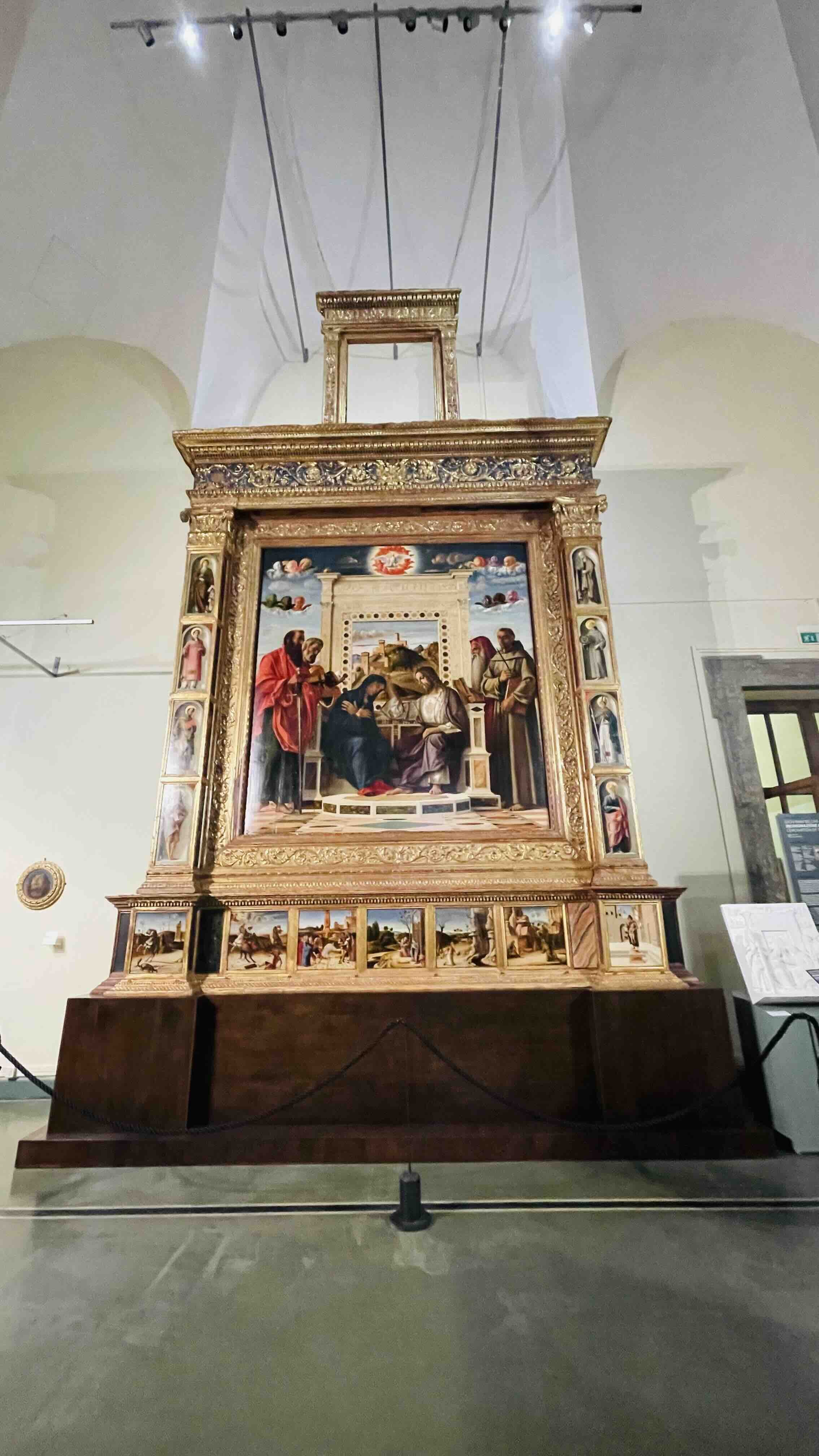
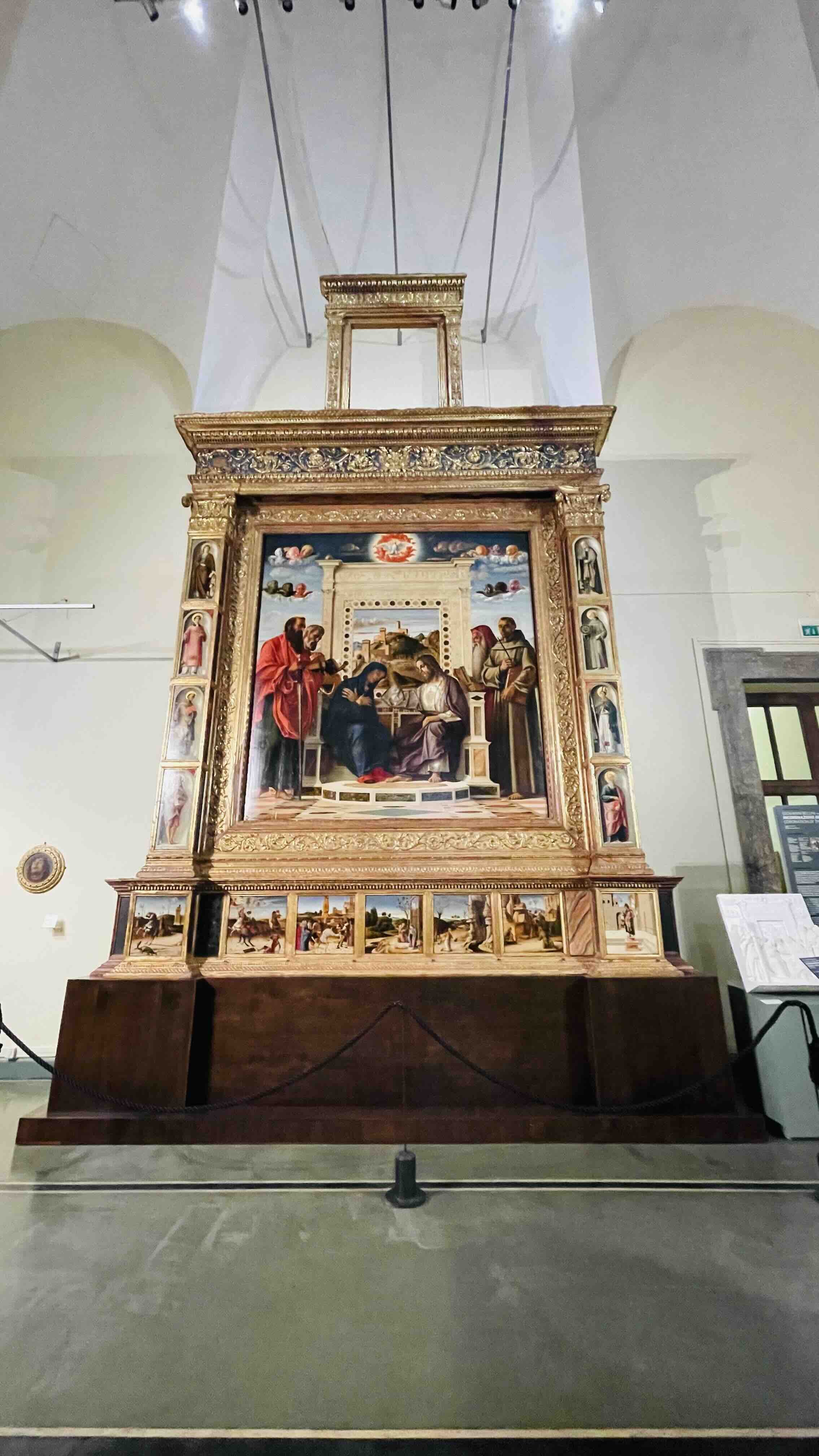
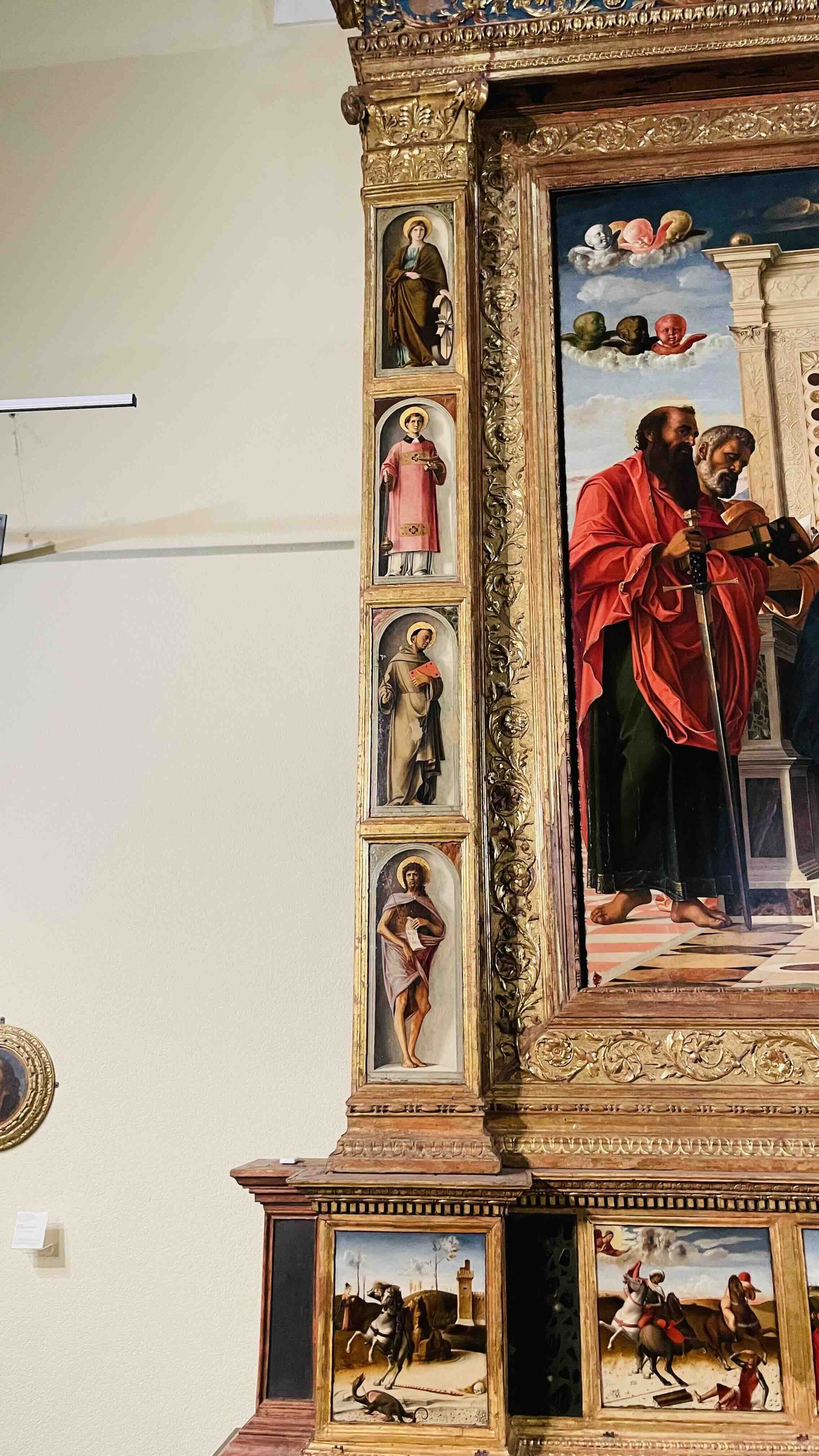

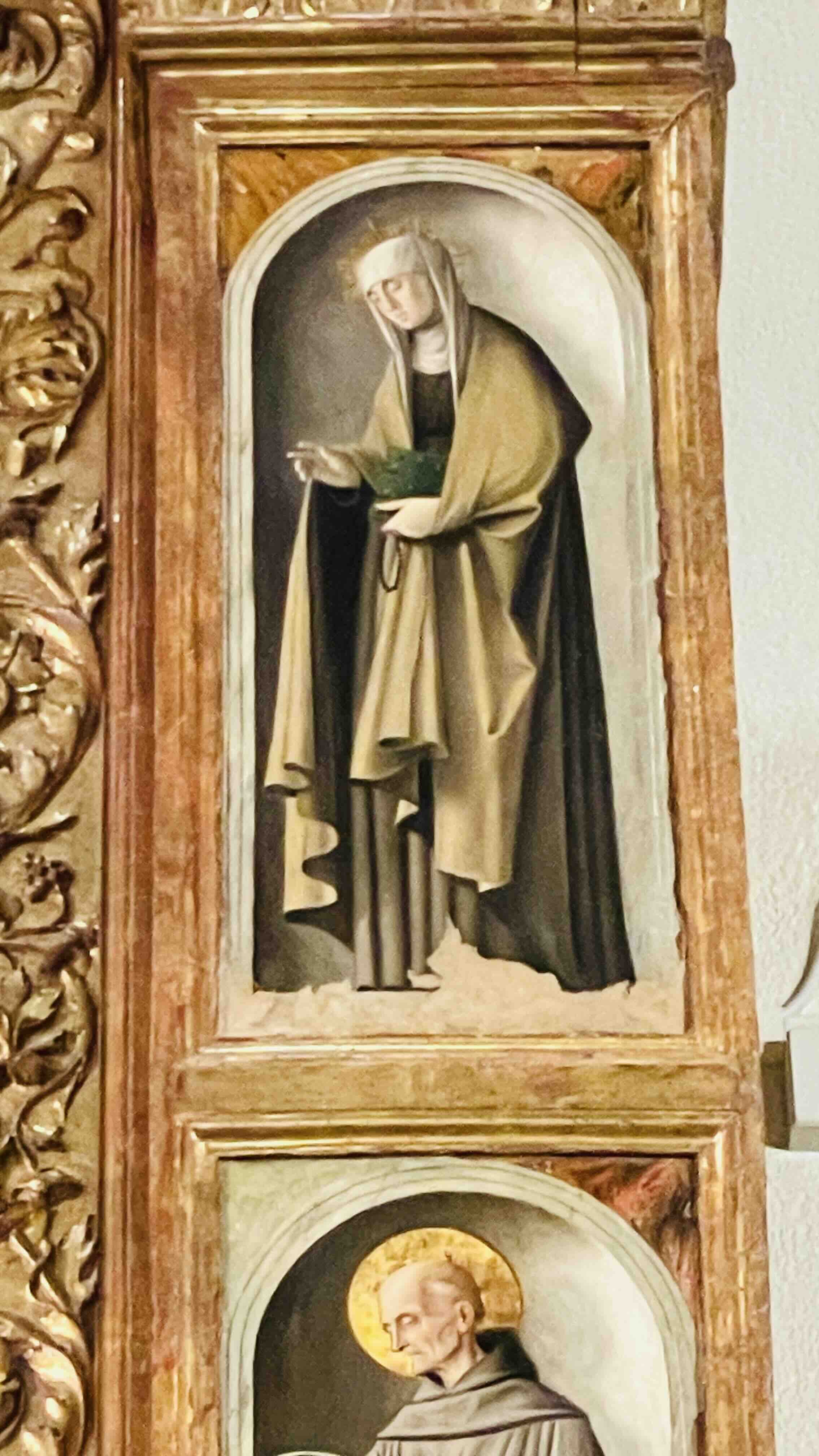
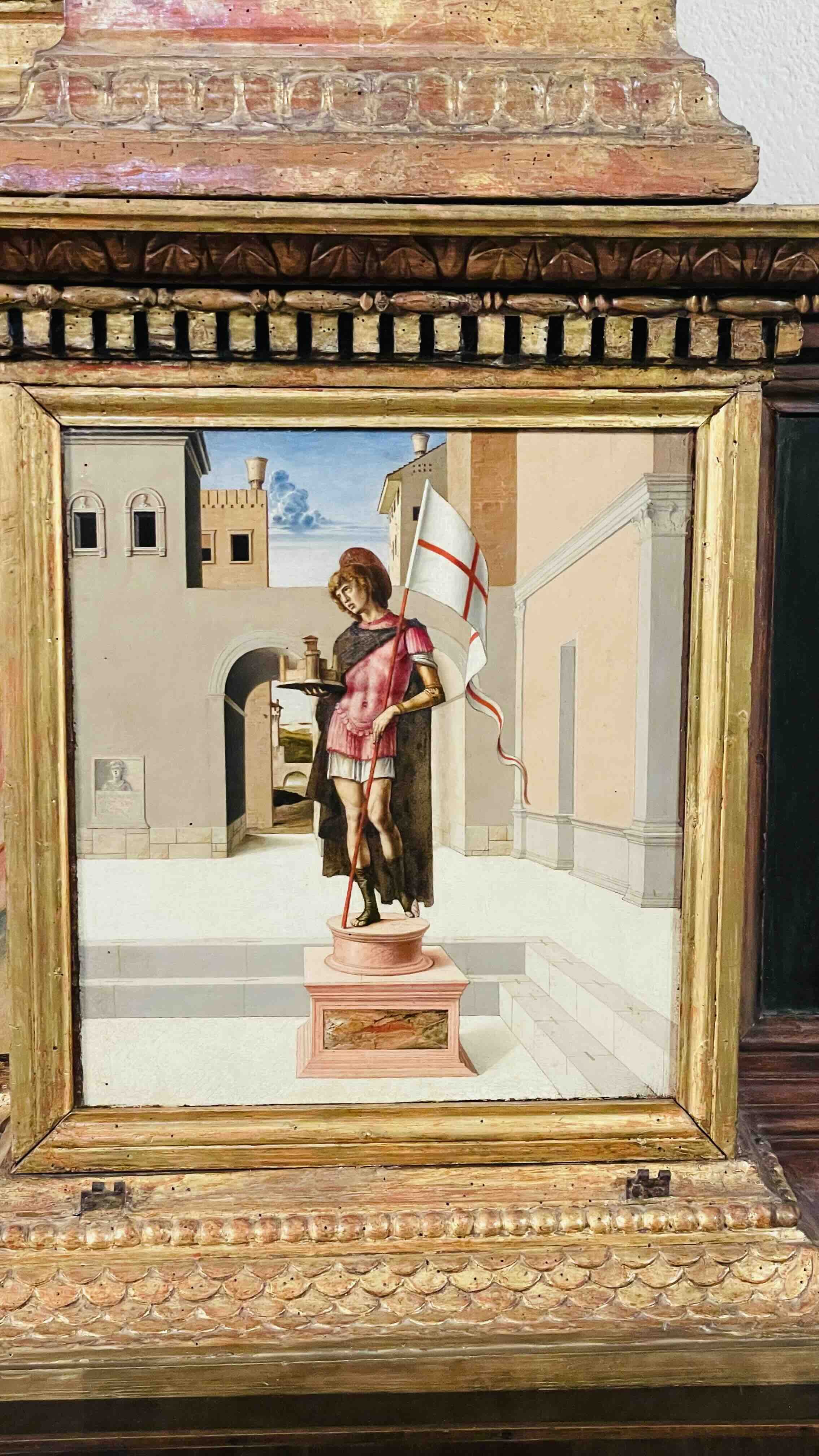
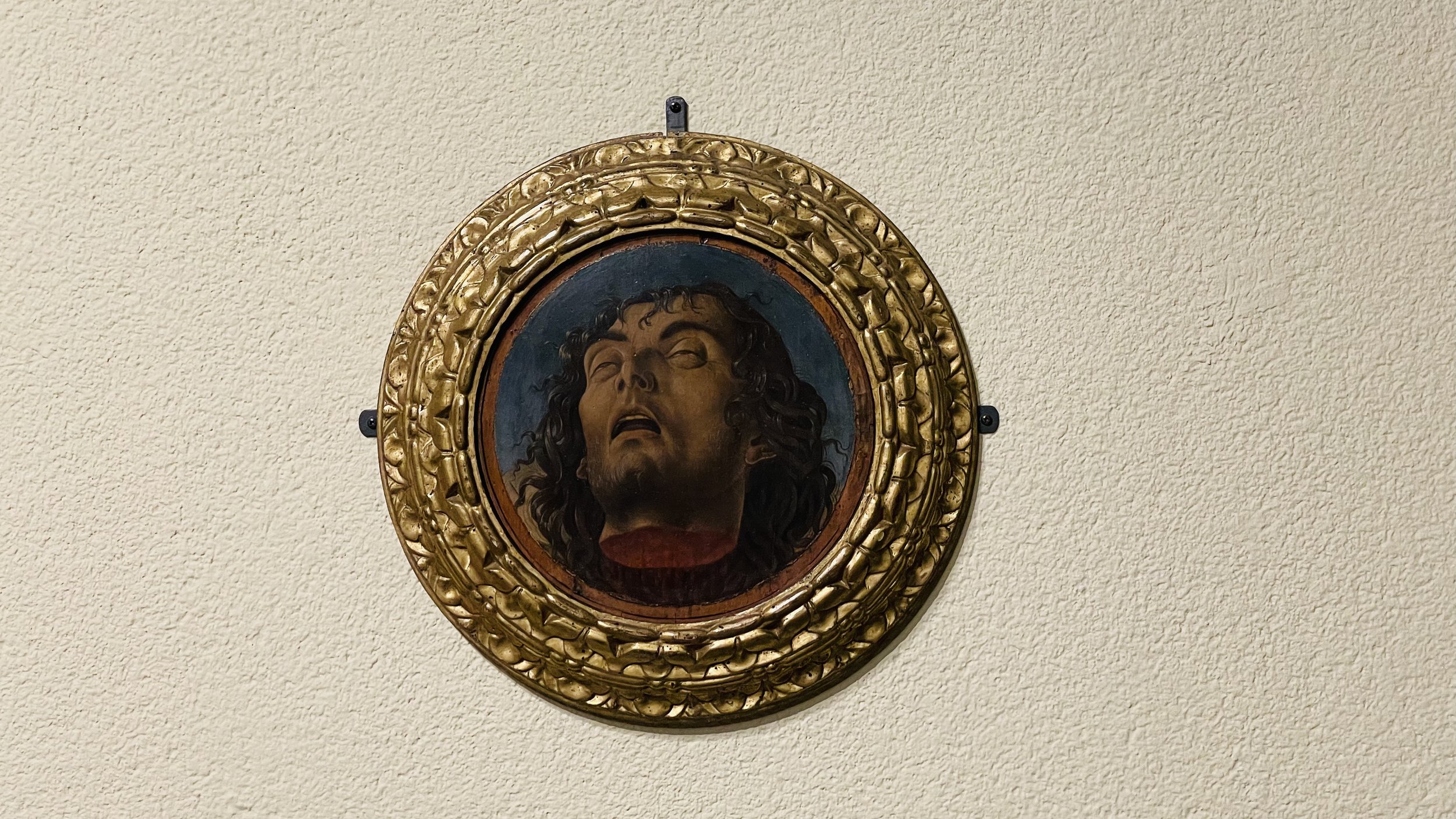

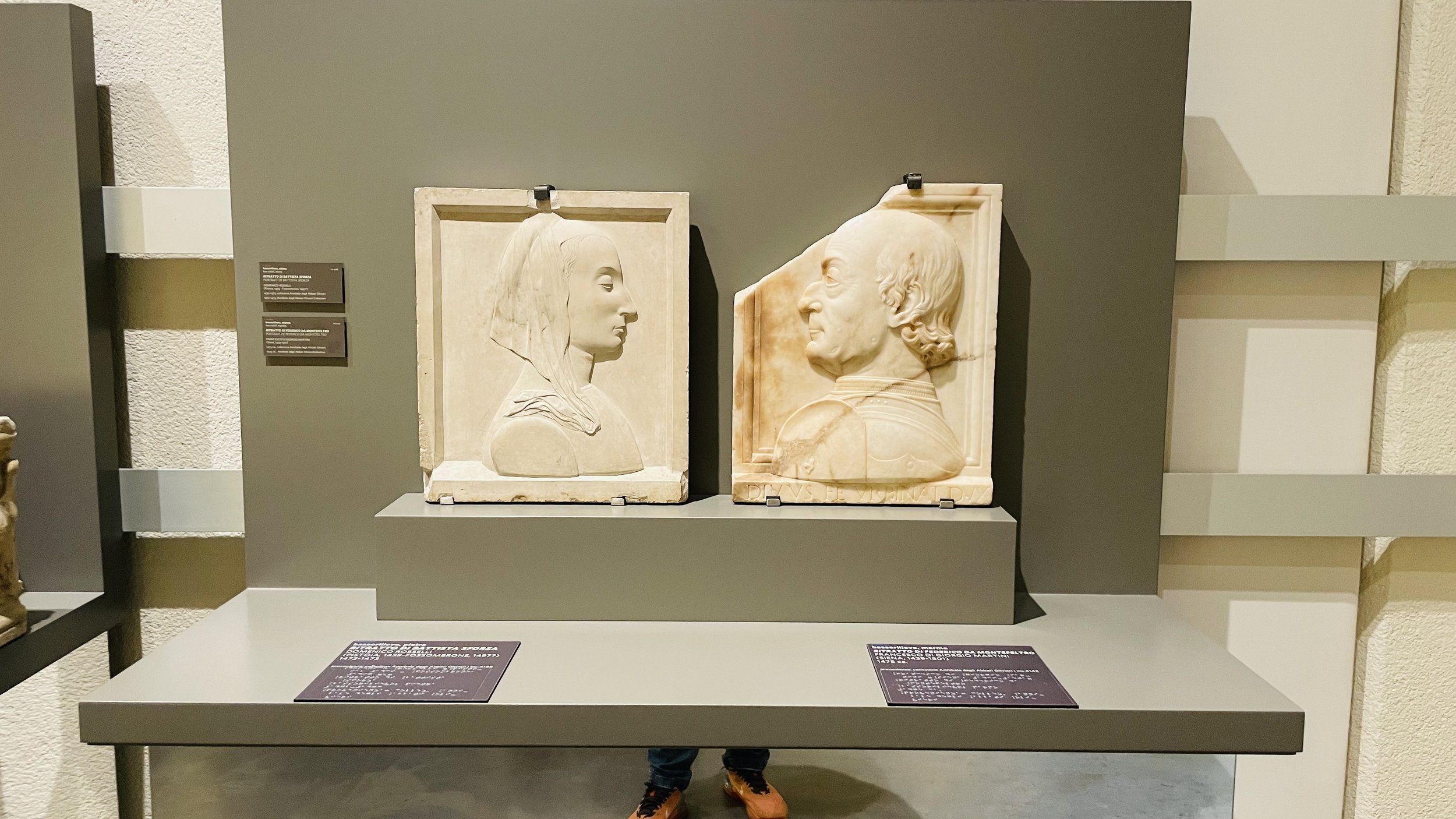
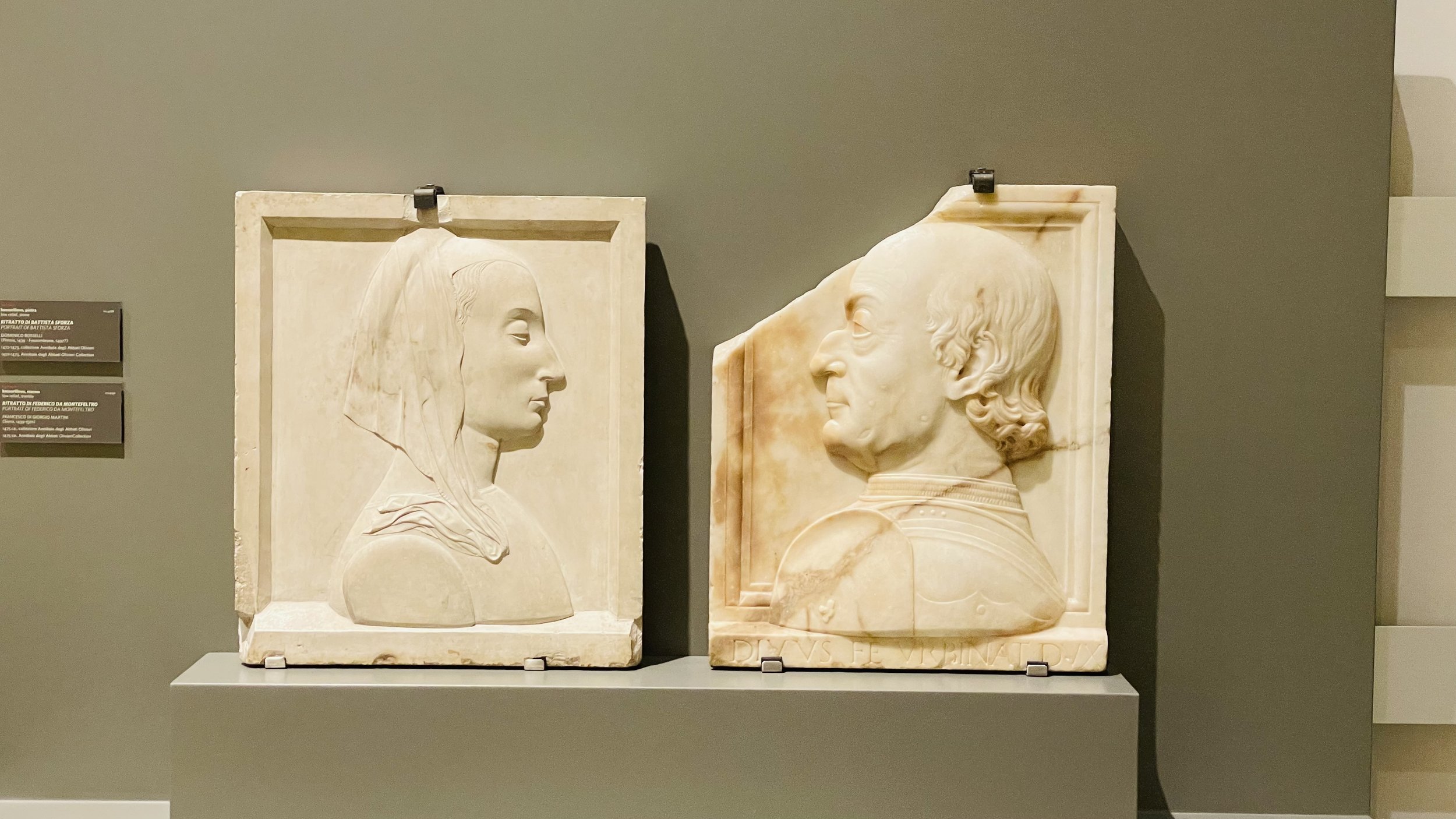
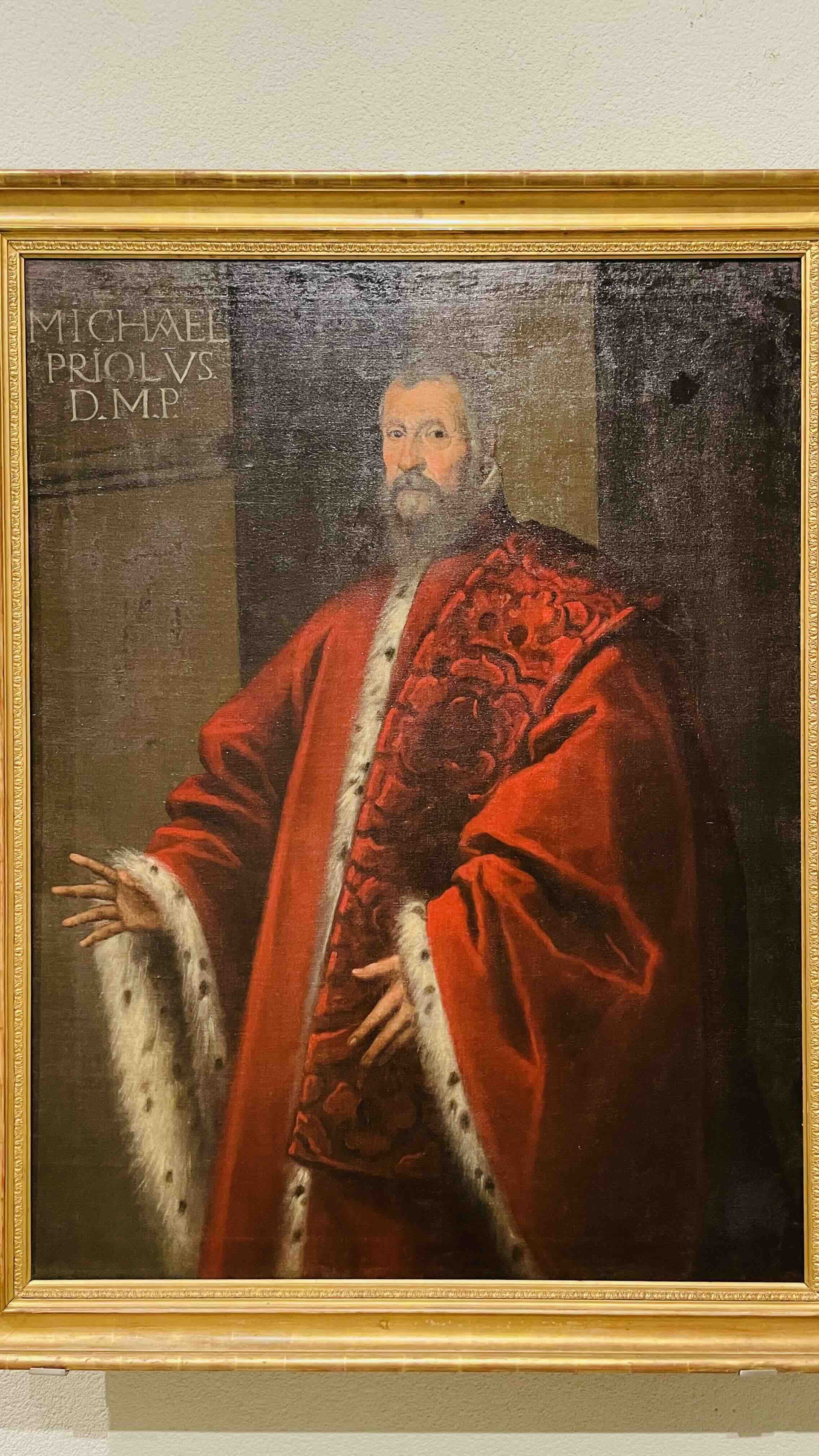
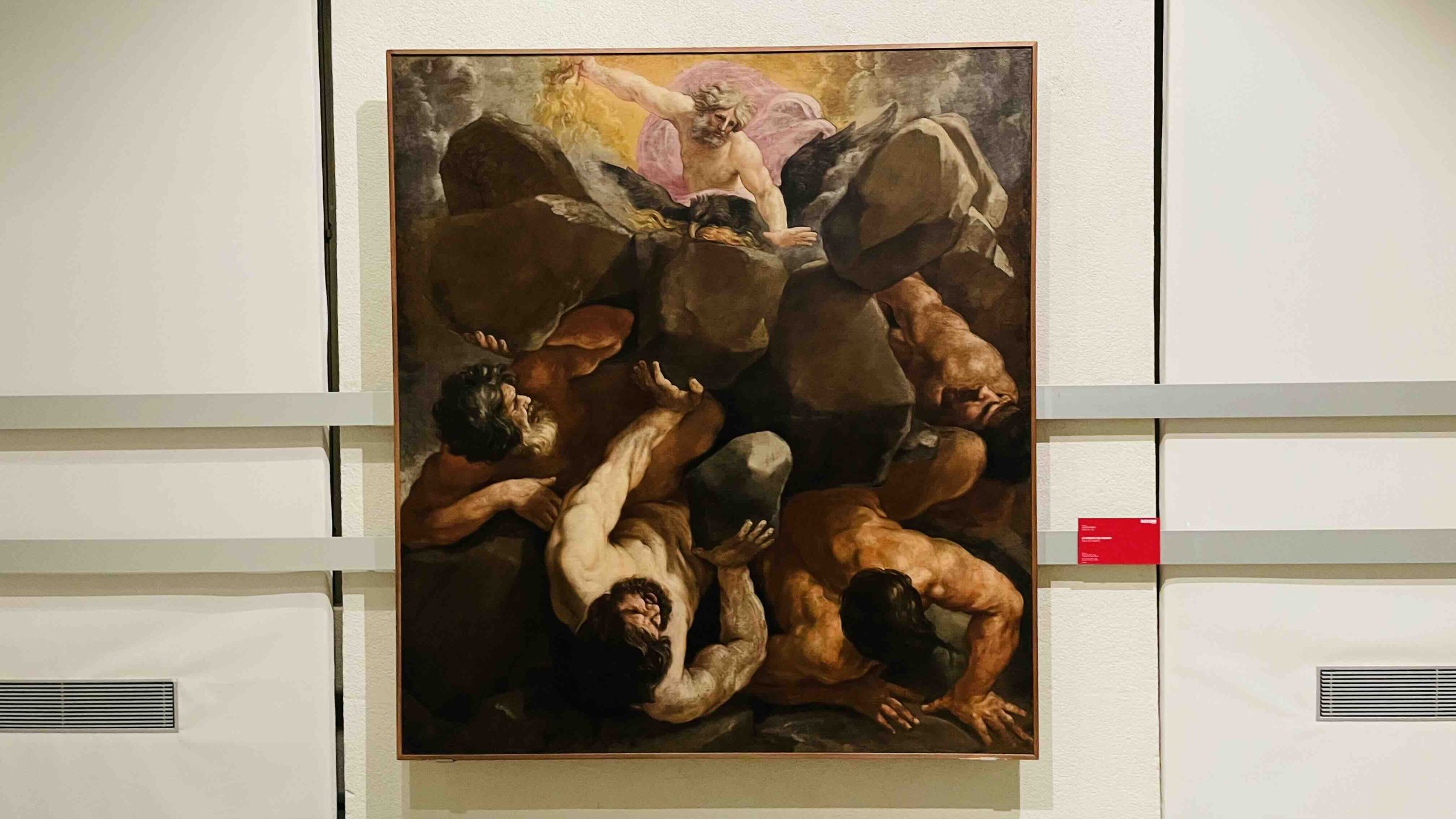
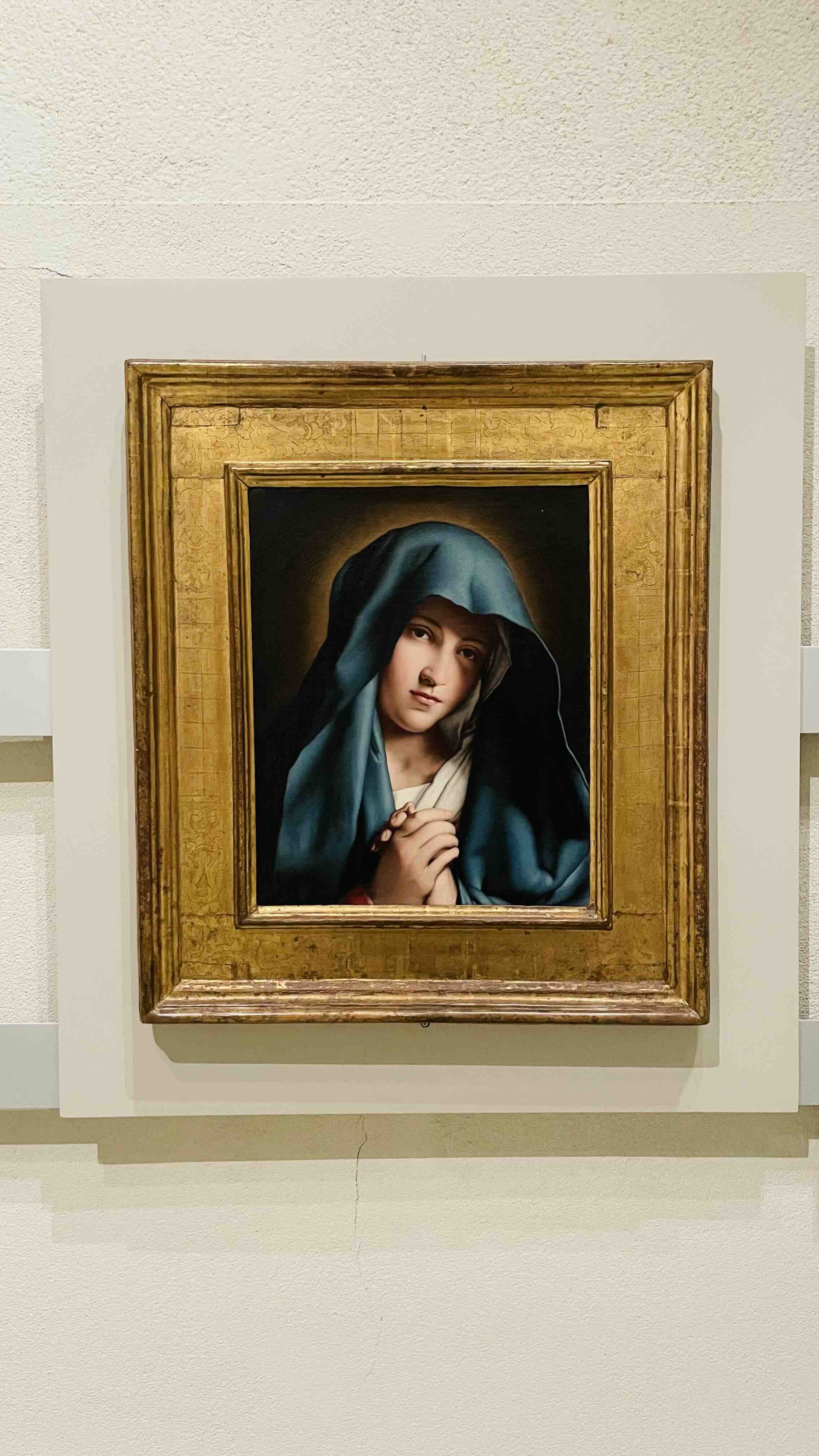
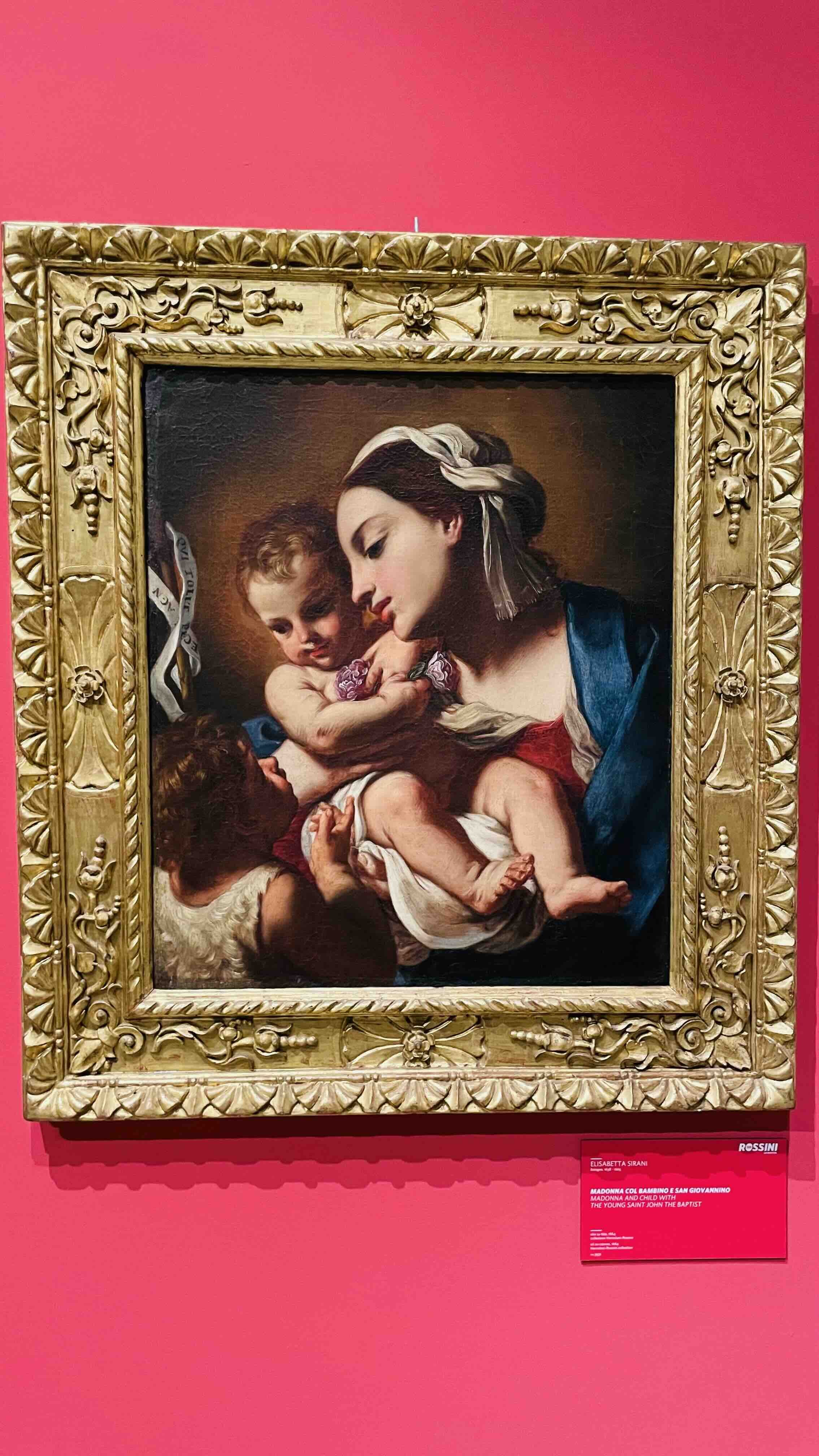
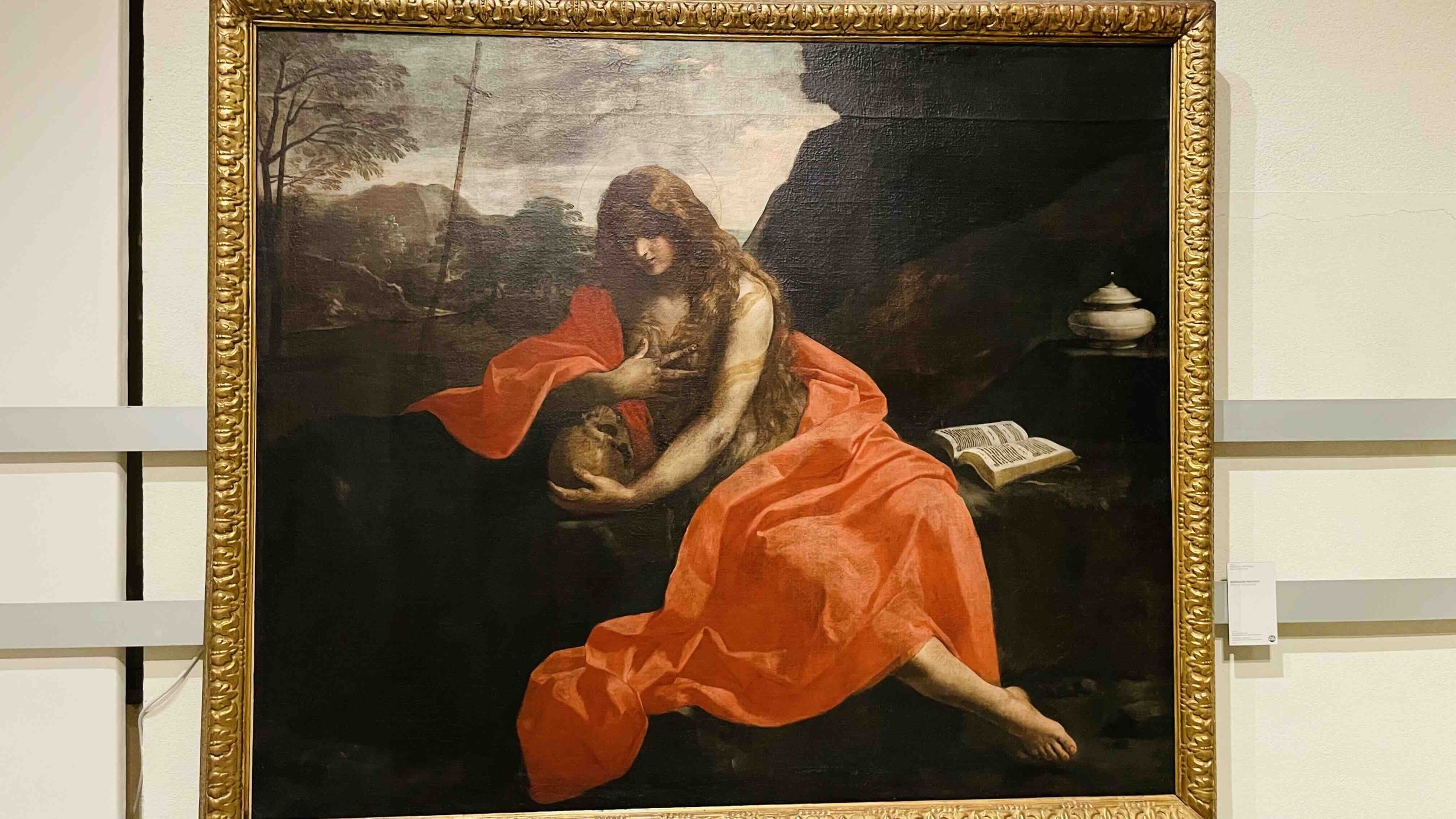
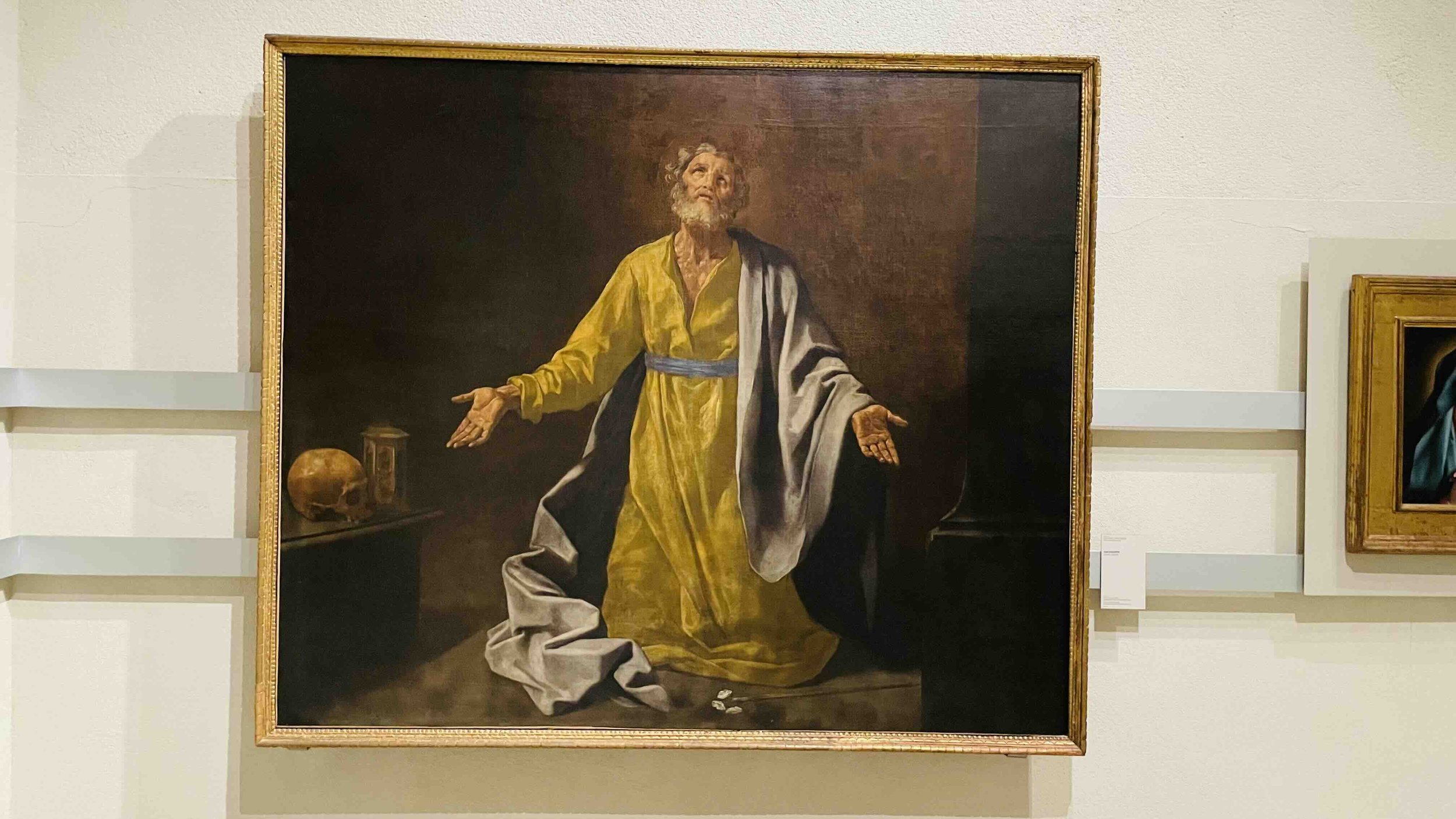
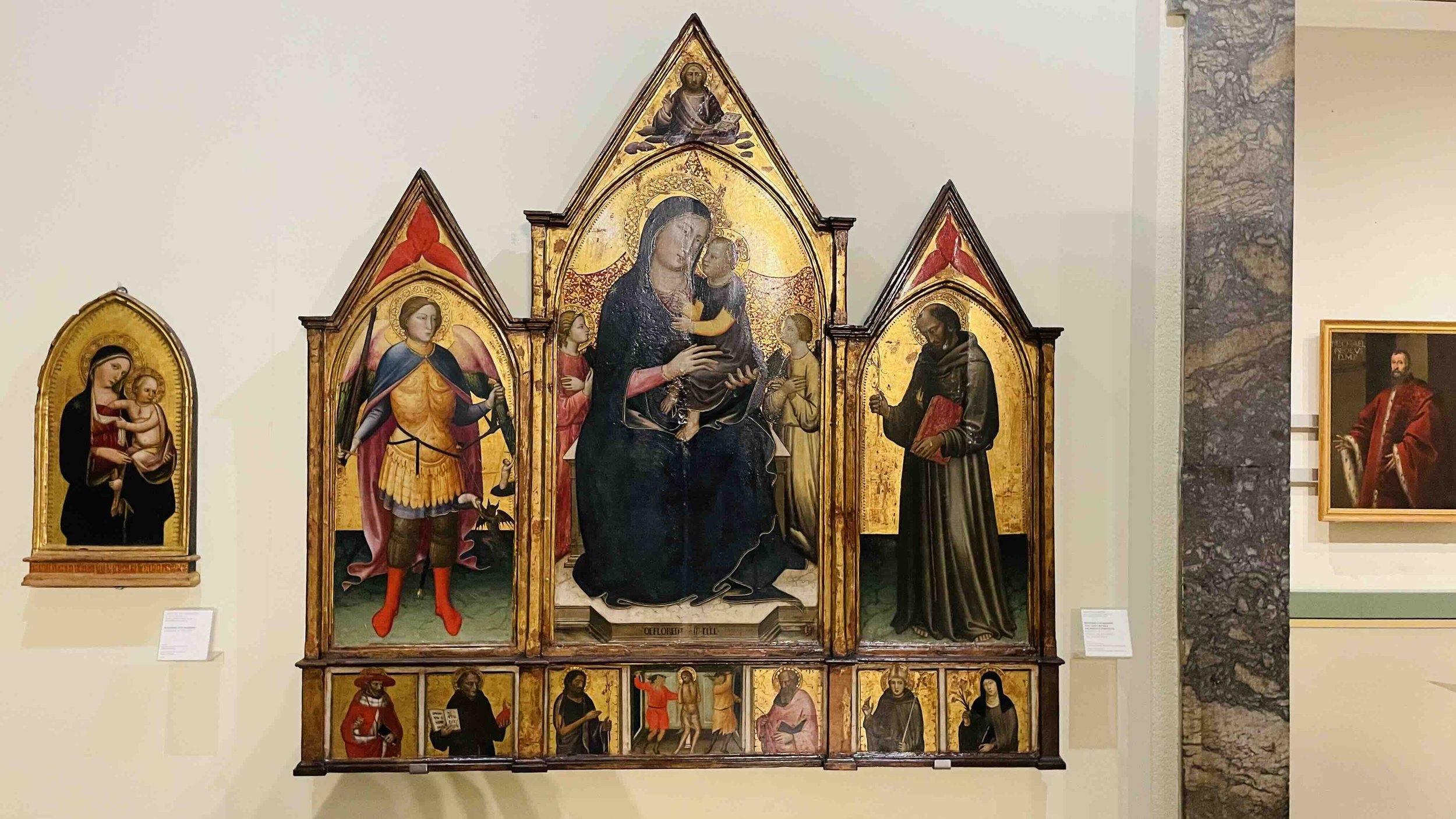
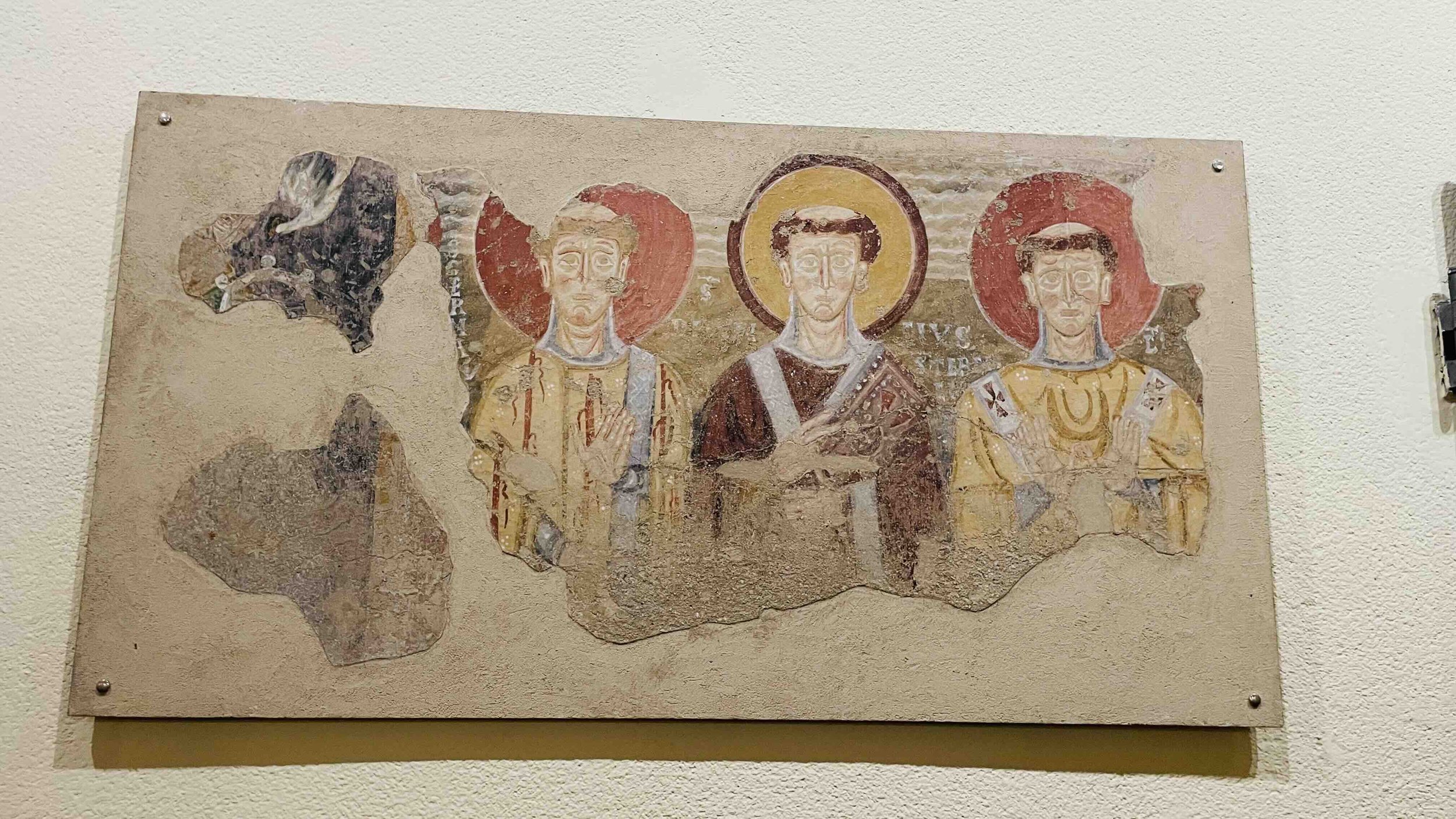
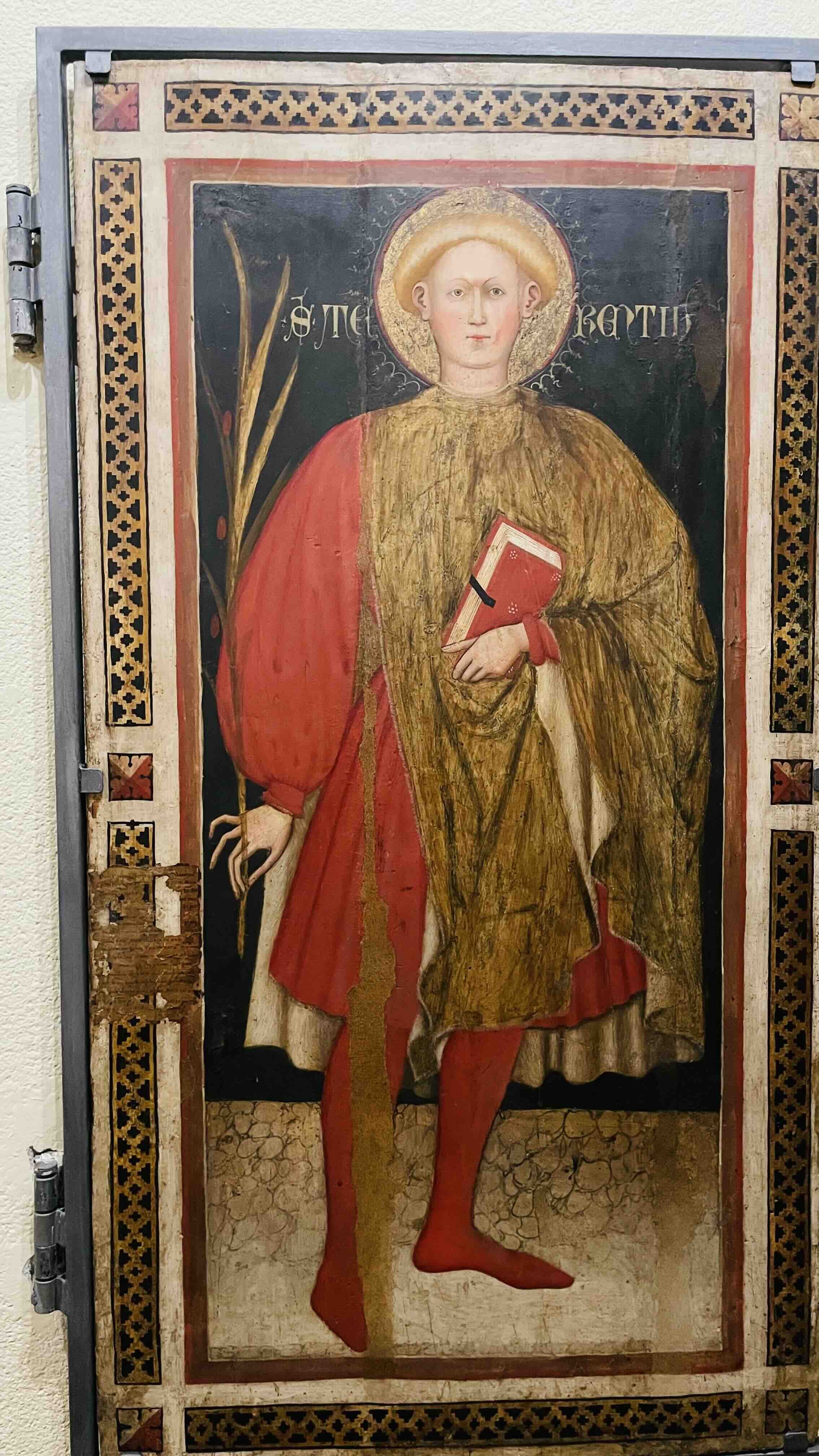
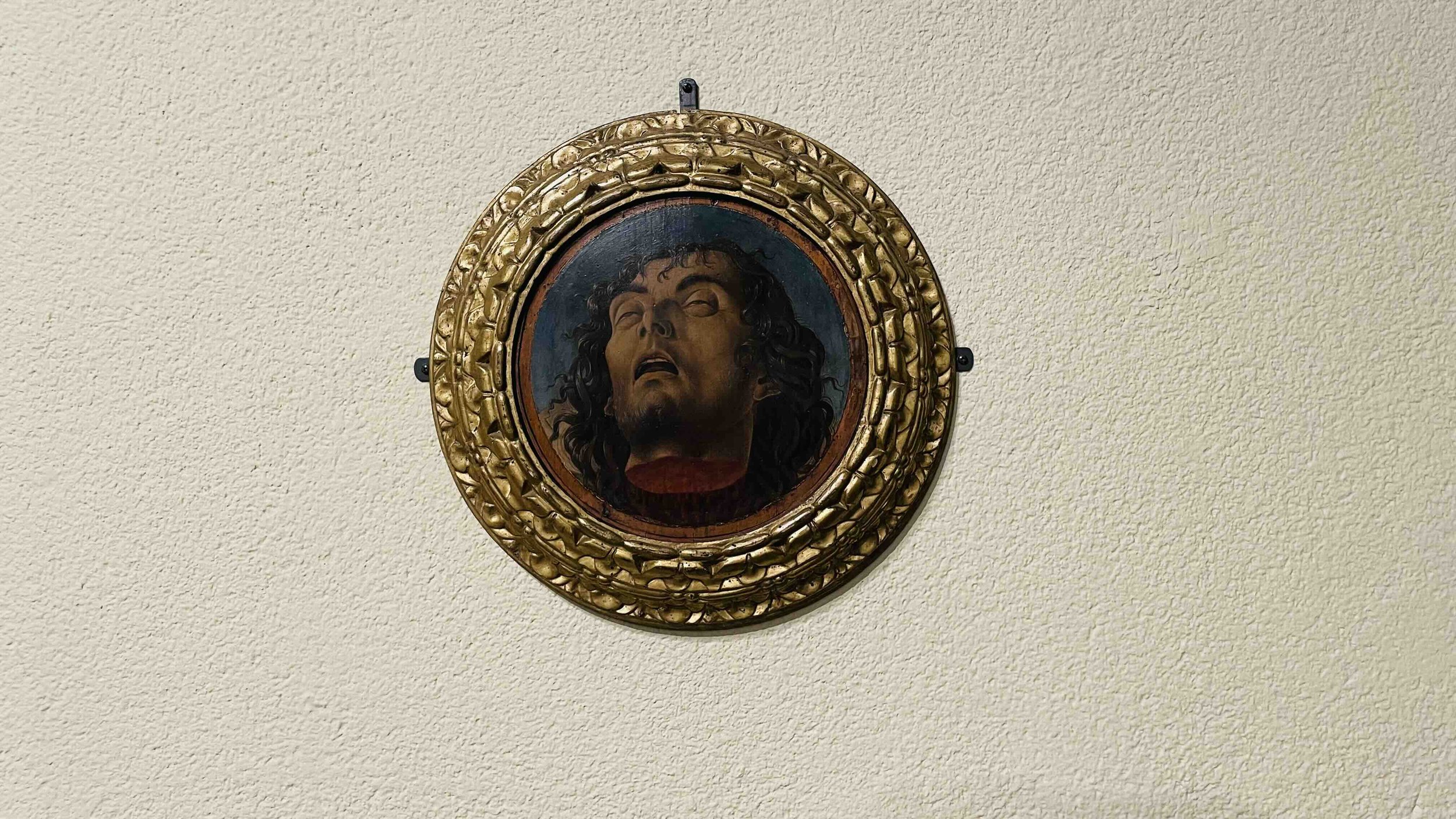
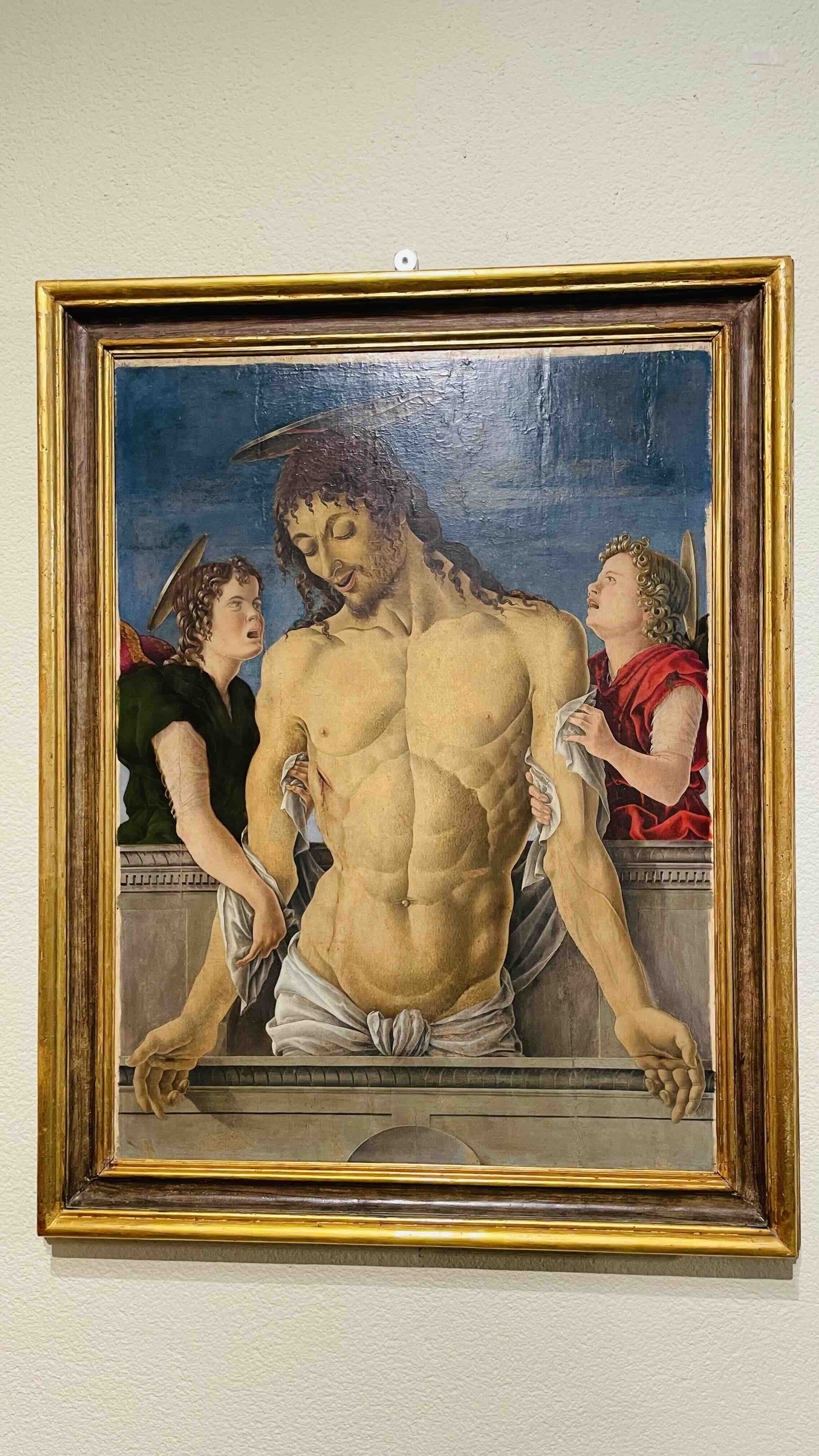
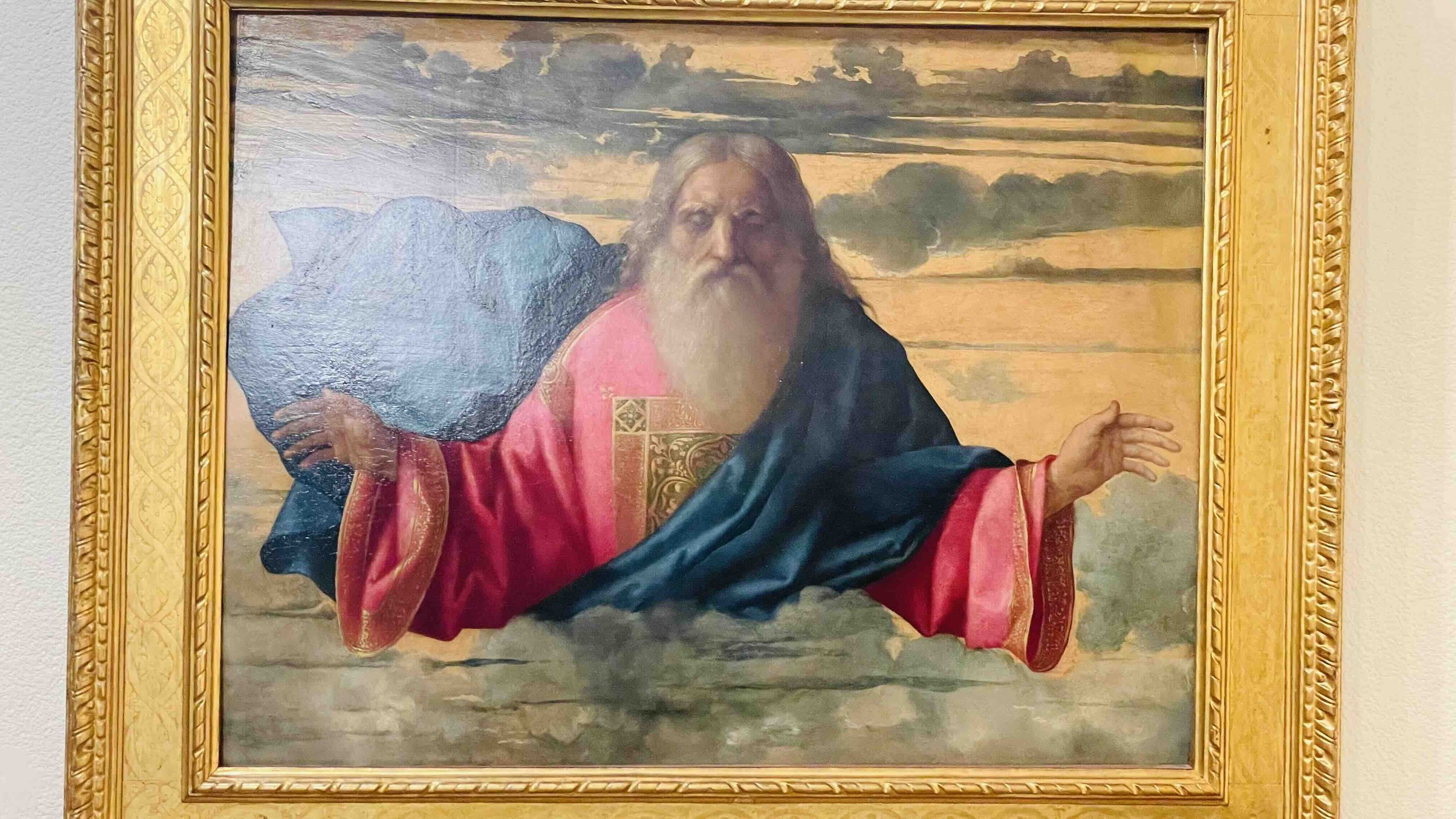
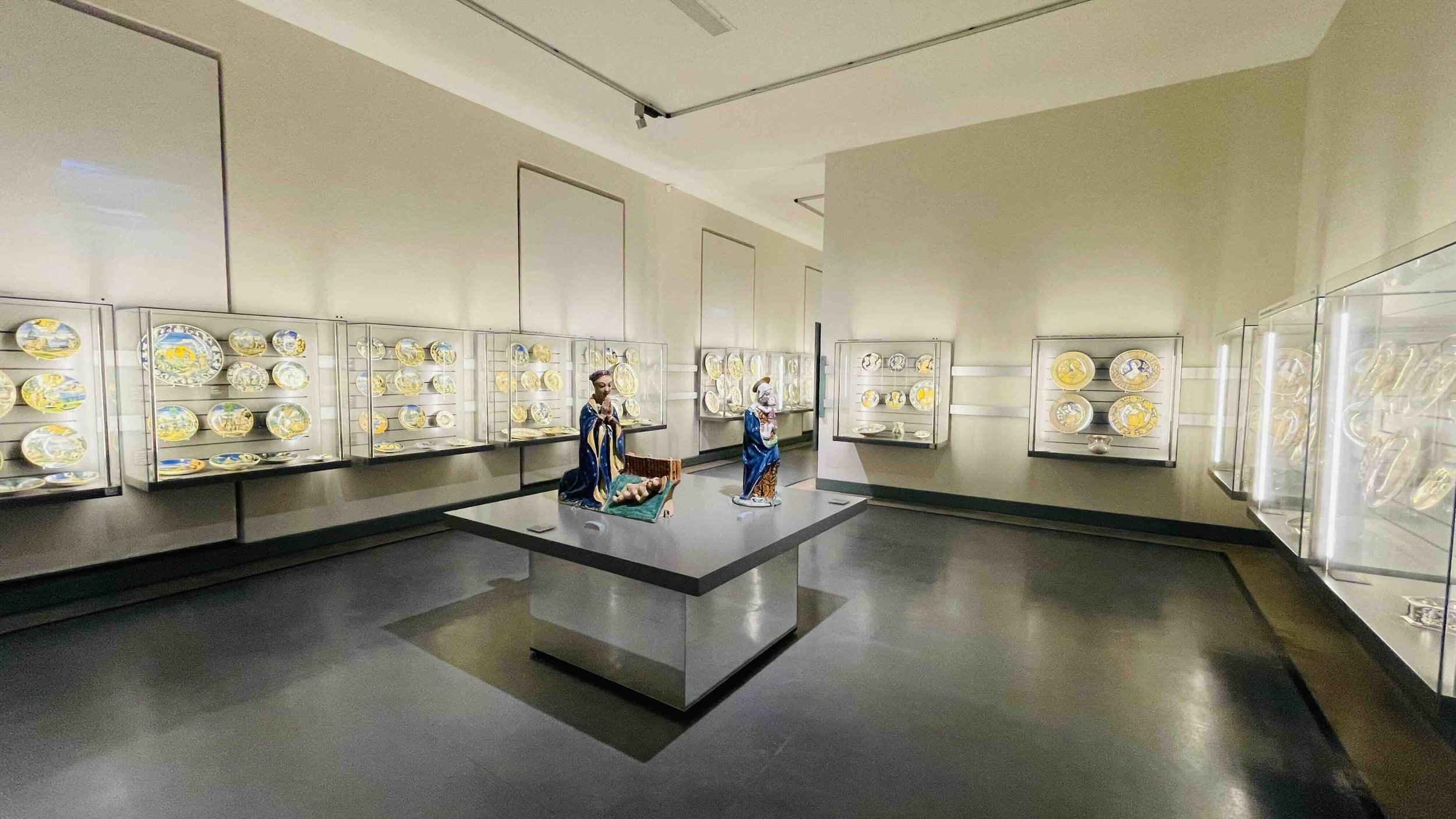
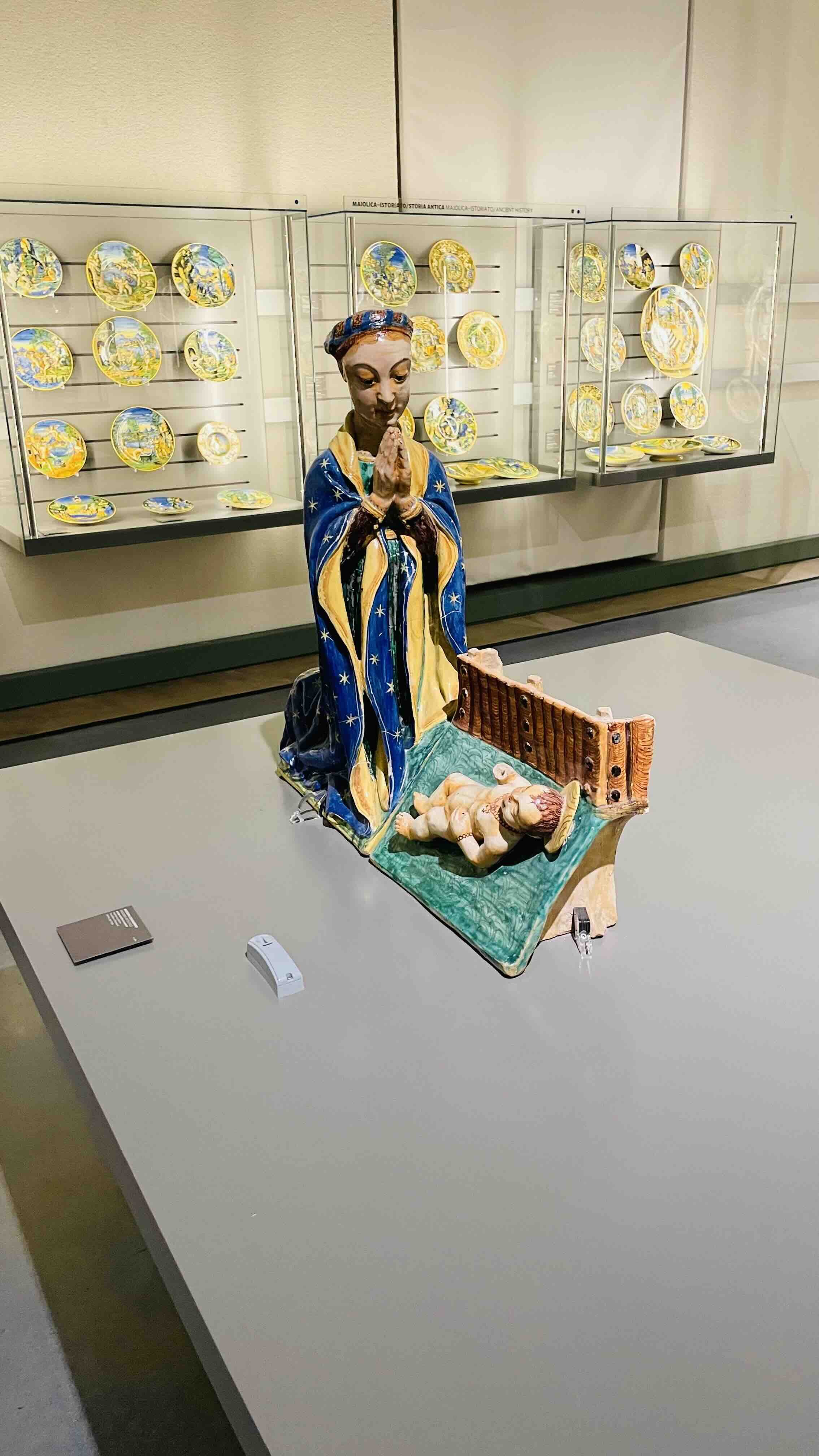
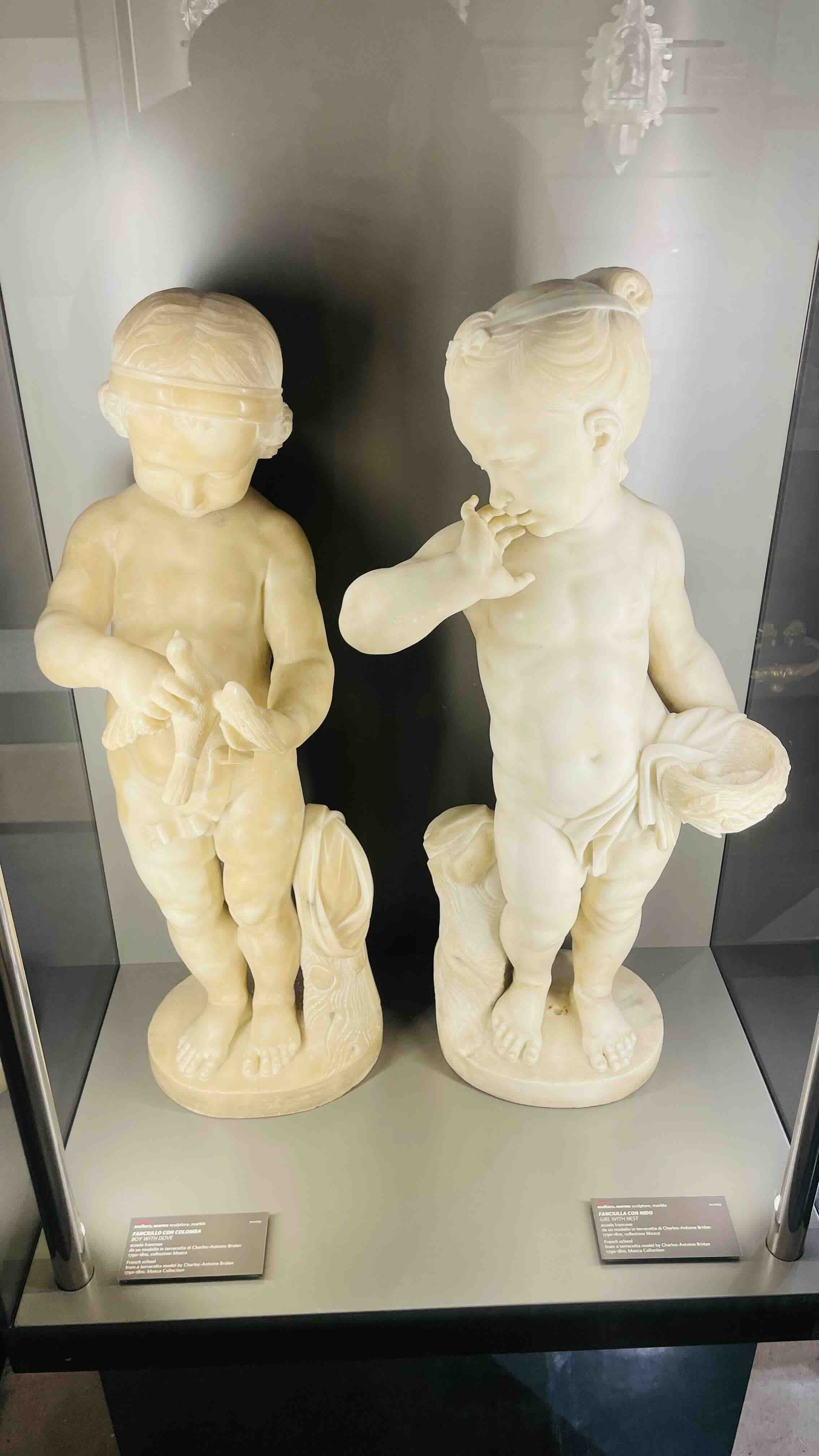
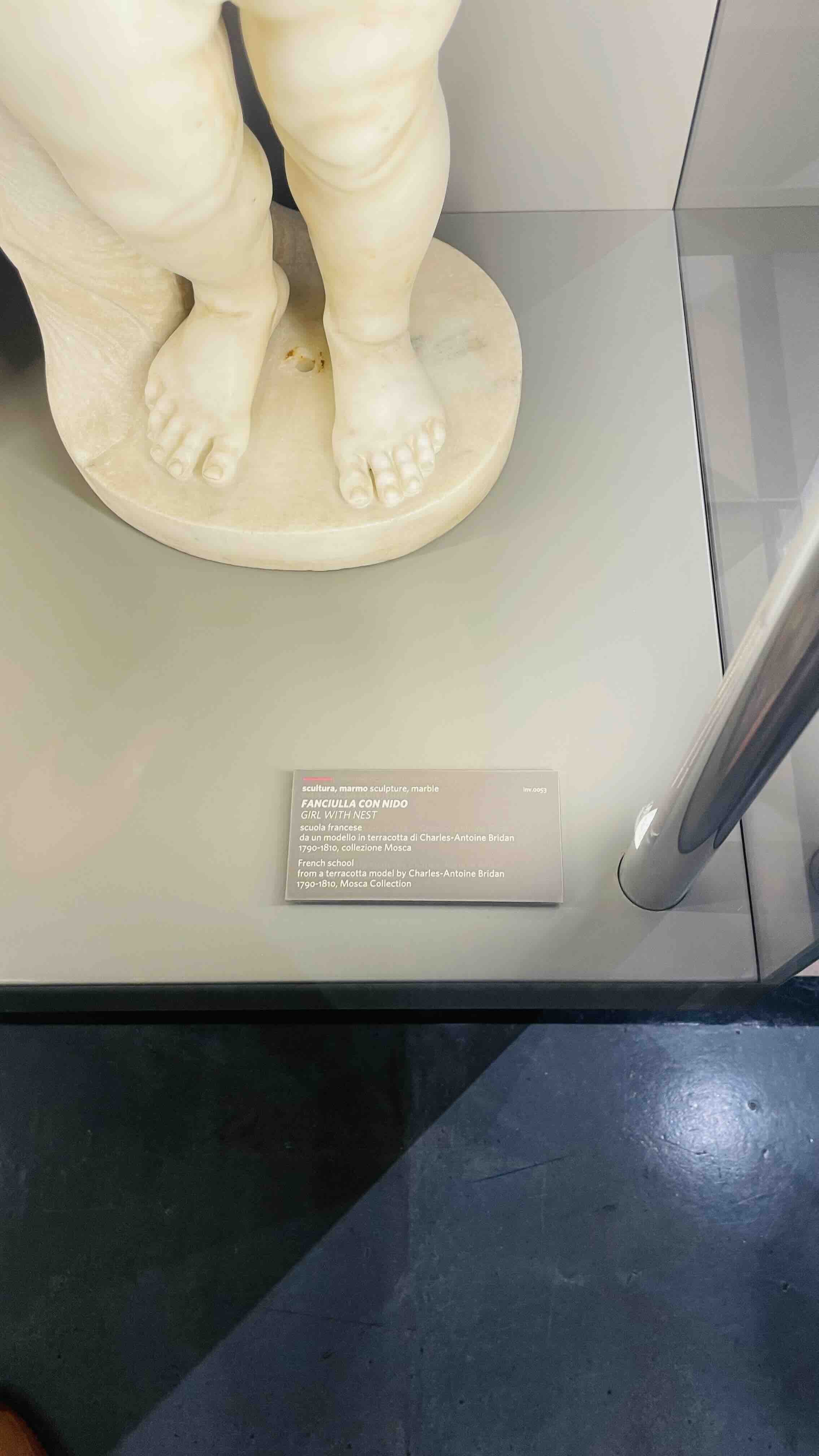
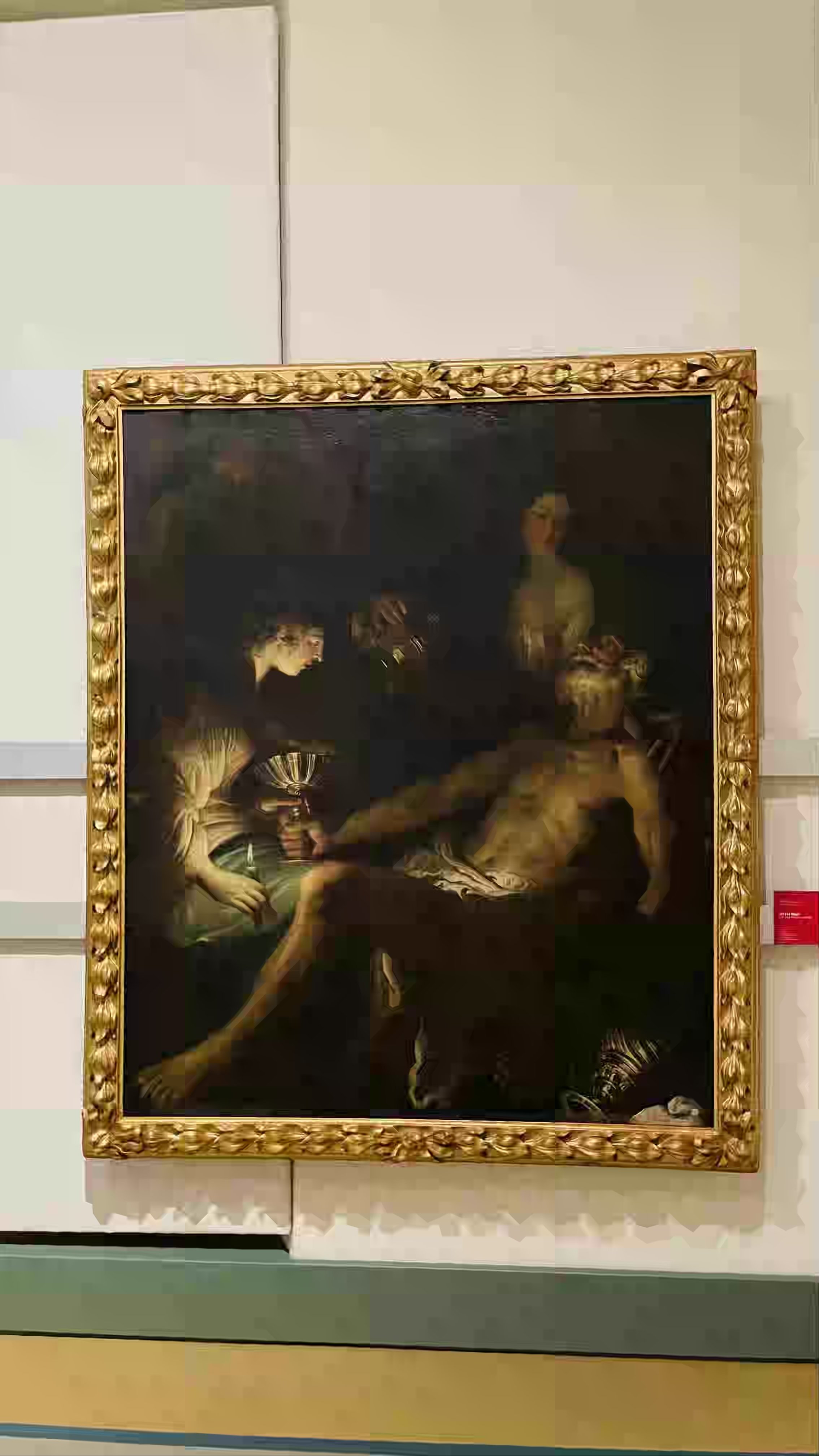



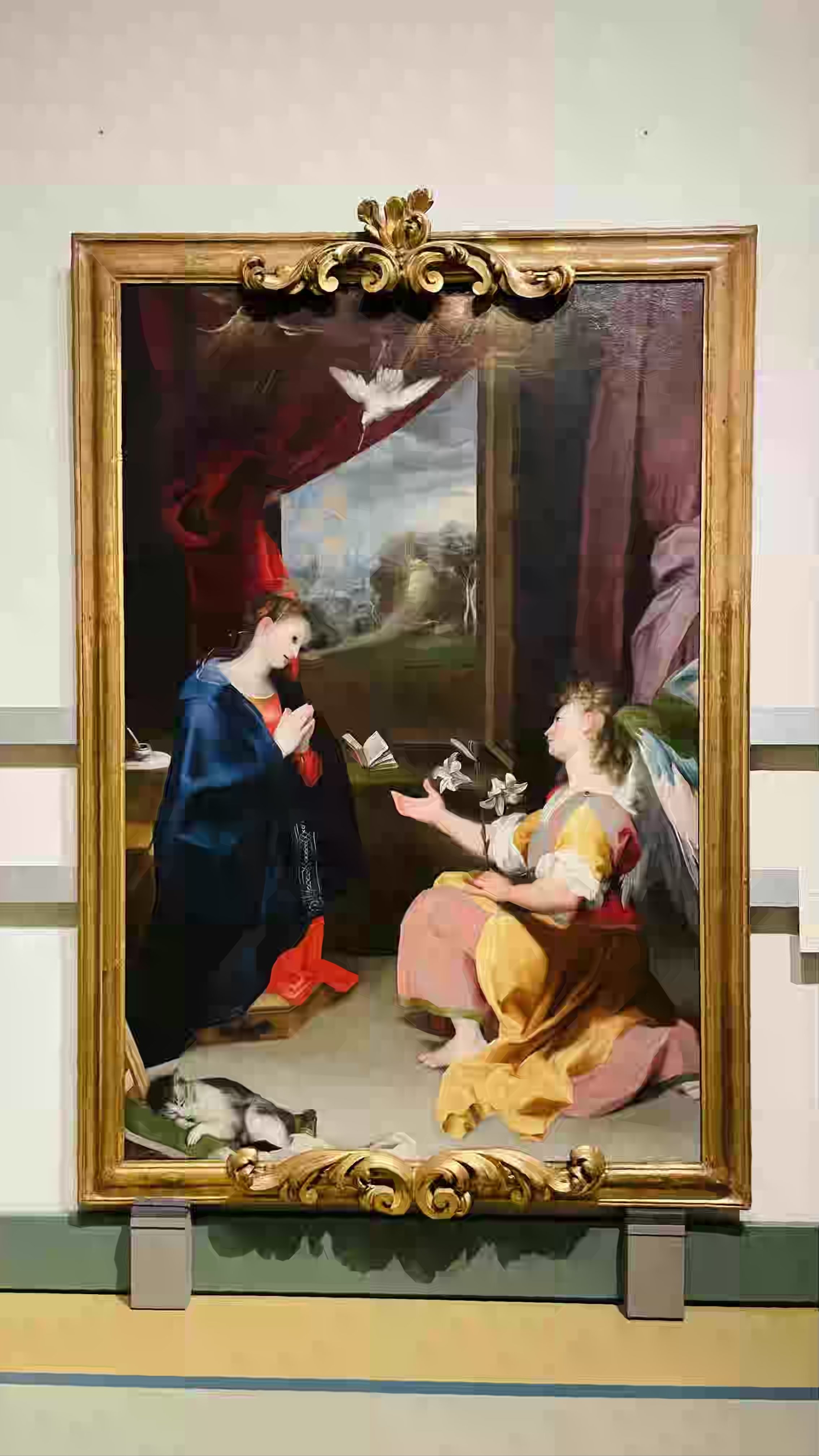
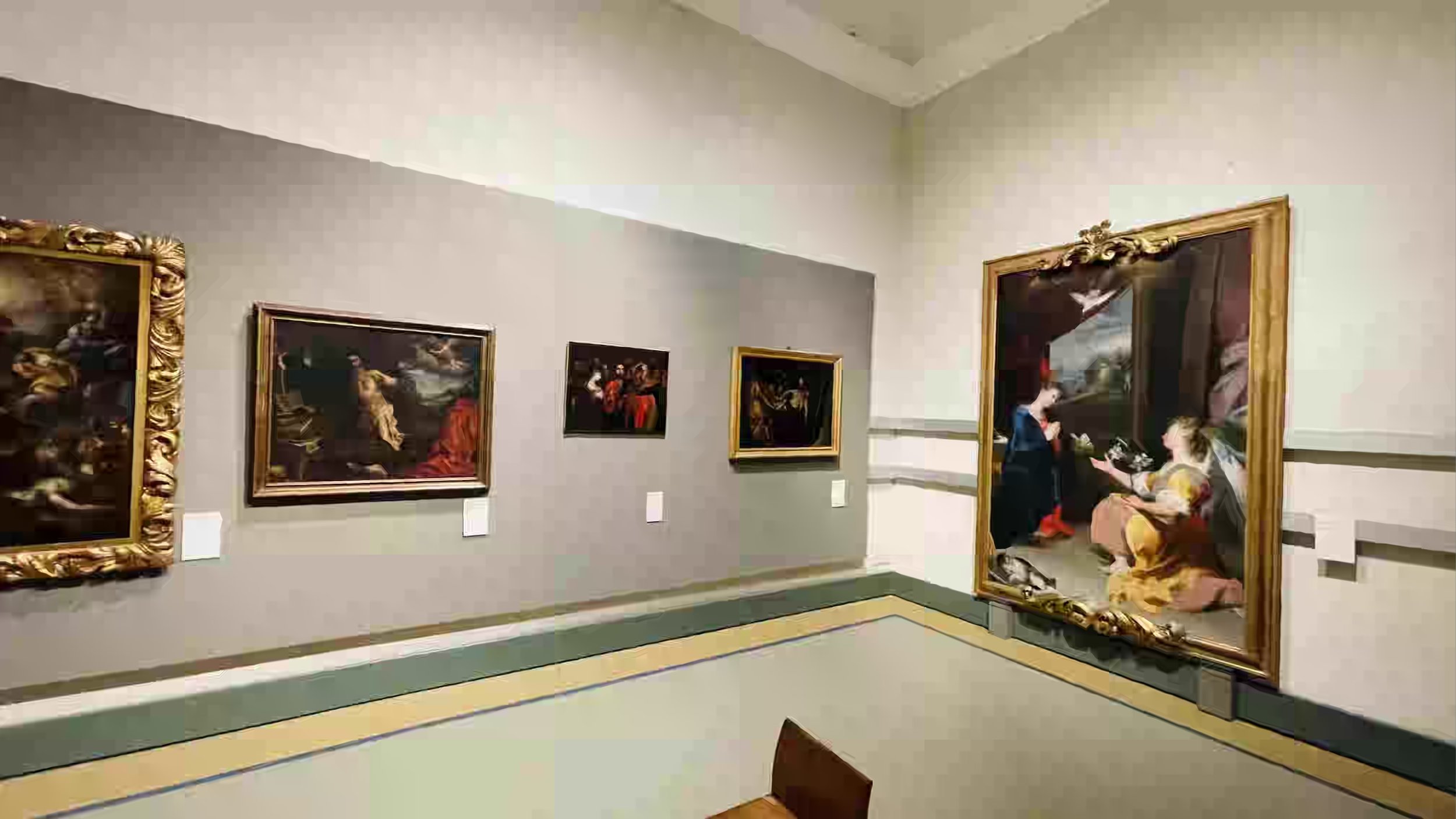
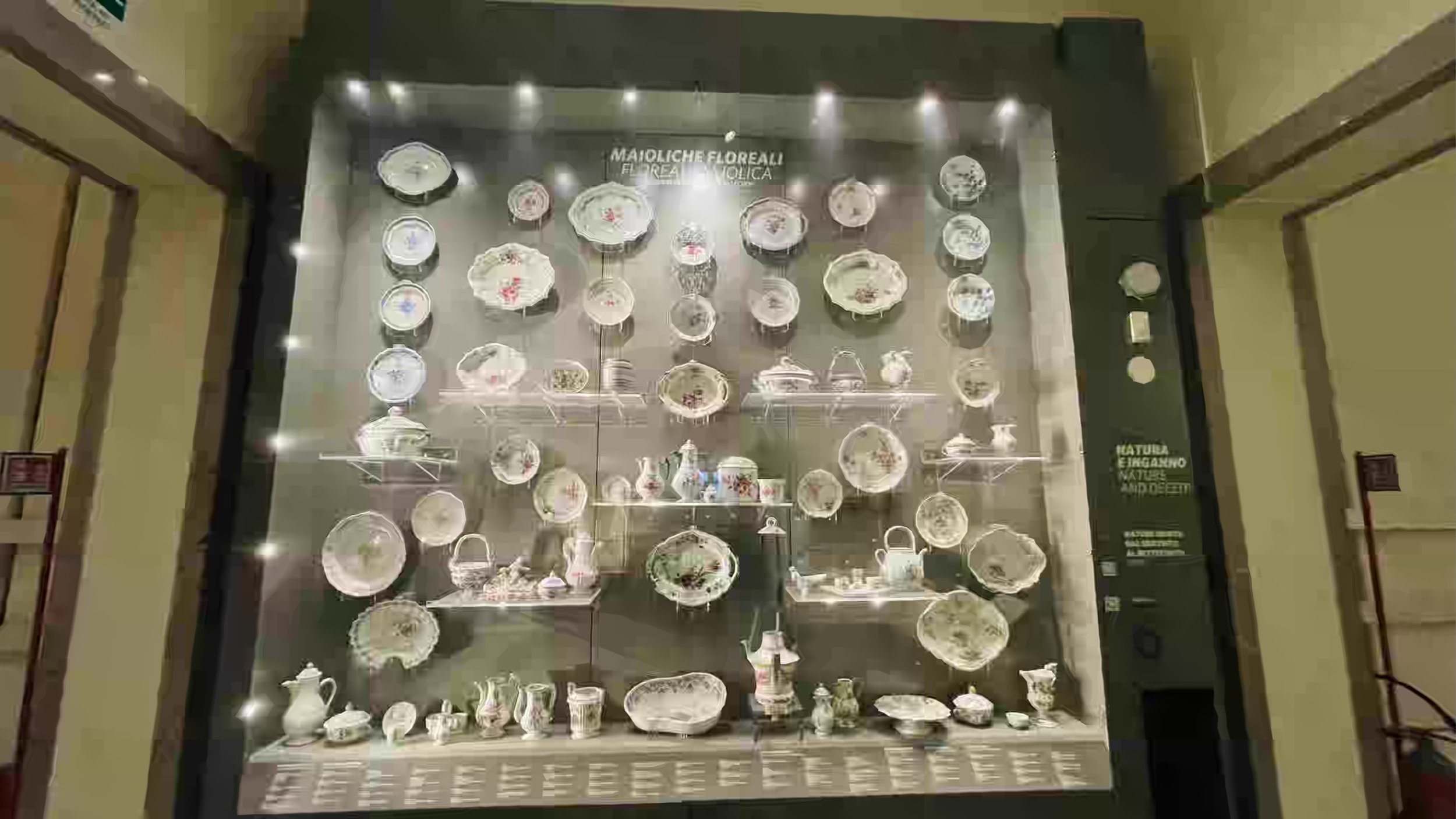
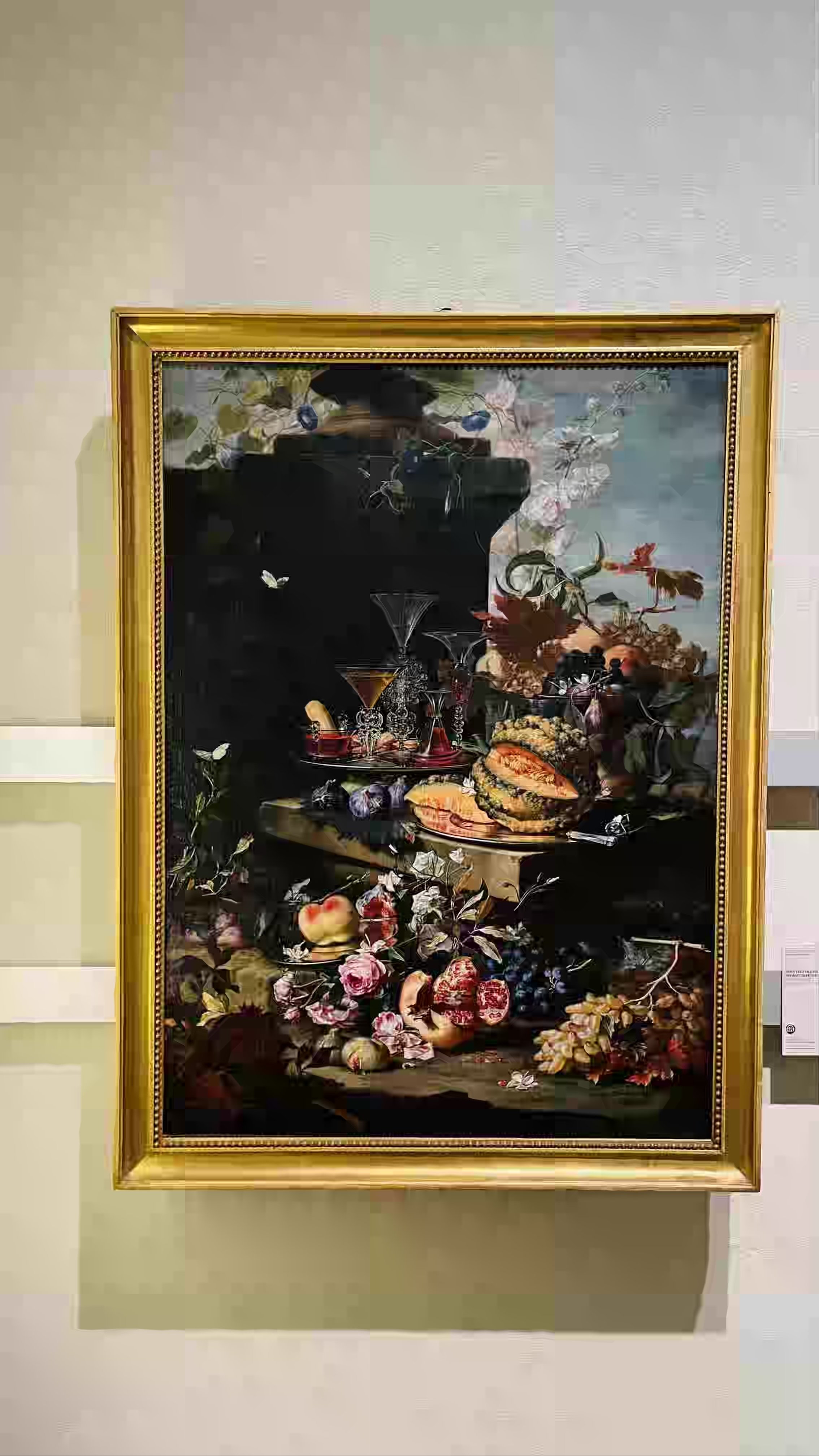

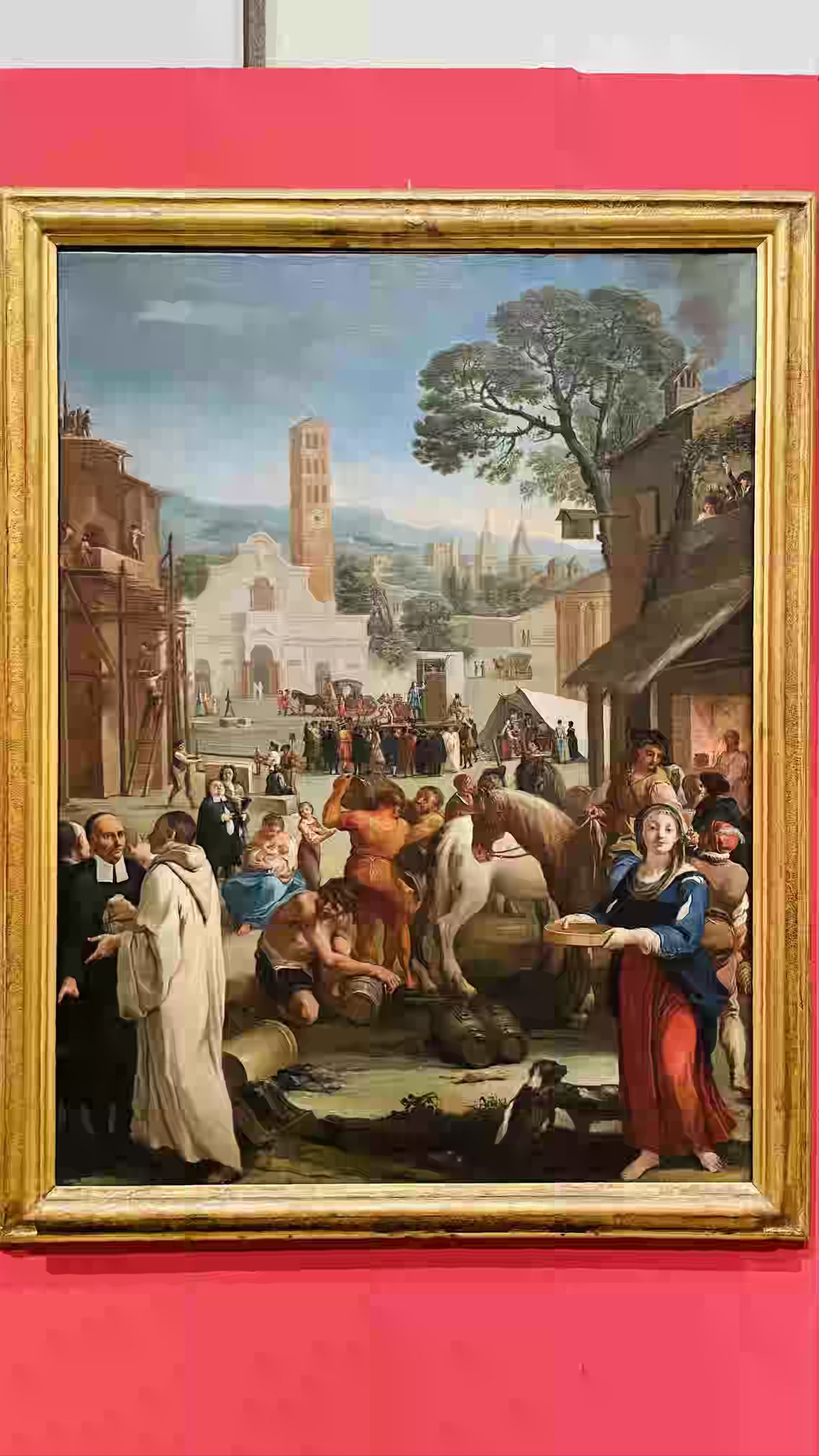












Il narcisismo è una dote primaria per un artista? Senza il narcisismo un artista potrebbe provare stimoli estetici e poetici?
Secondo la bellissima mostra Il ritratto dell'artista. Nello specchio di Narciso. Il volto, la maschera, il selfie - curata da Cristina Acidini, Fernando Mazzocca, Francesco Parisi e Paola Refice al Museo Civico San Domenico di Forlì – la risposta è definitiva: il narcisismo è una qualità, innegabilmente e inconfutabilmente, ispiratrice.